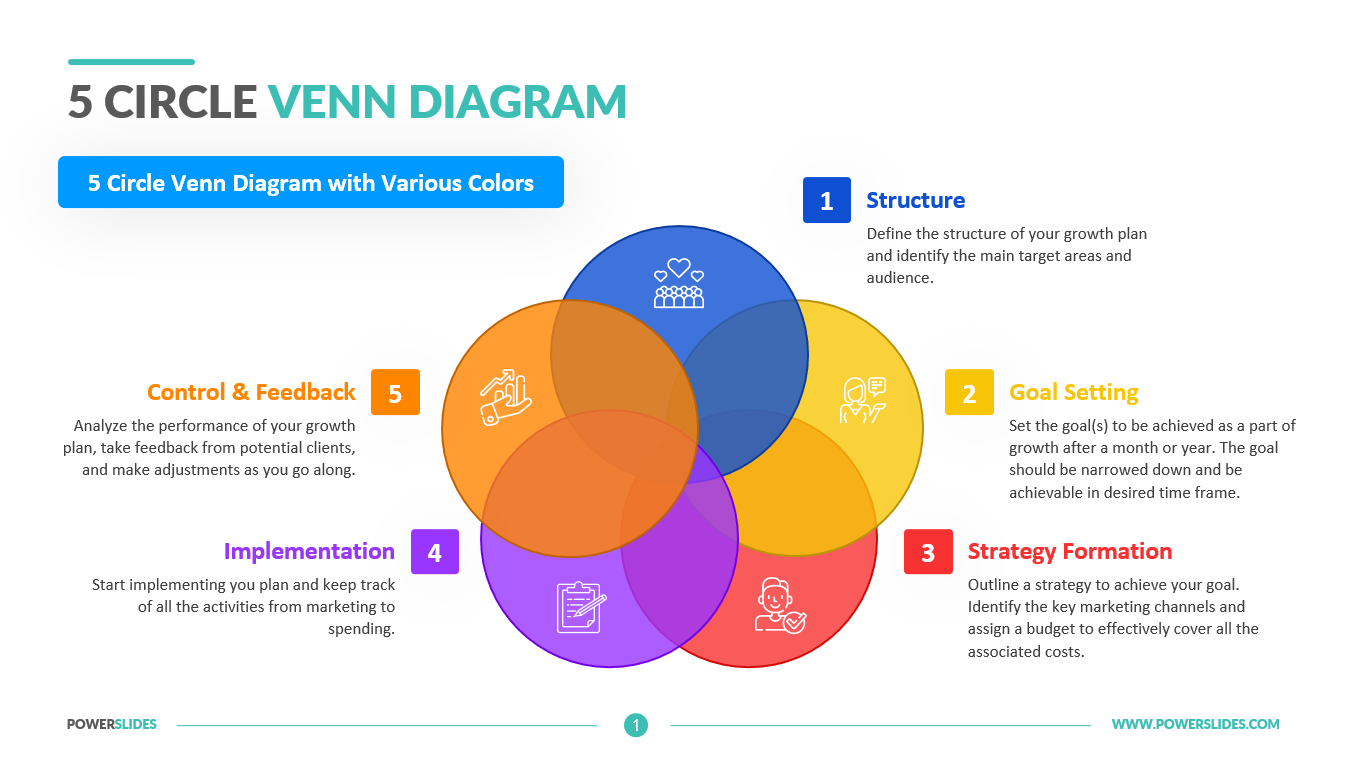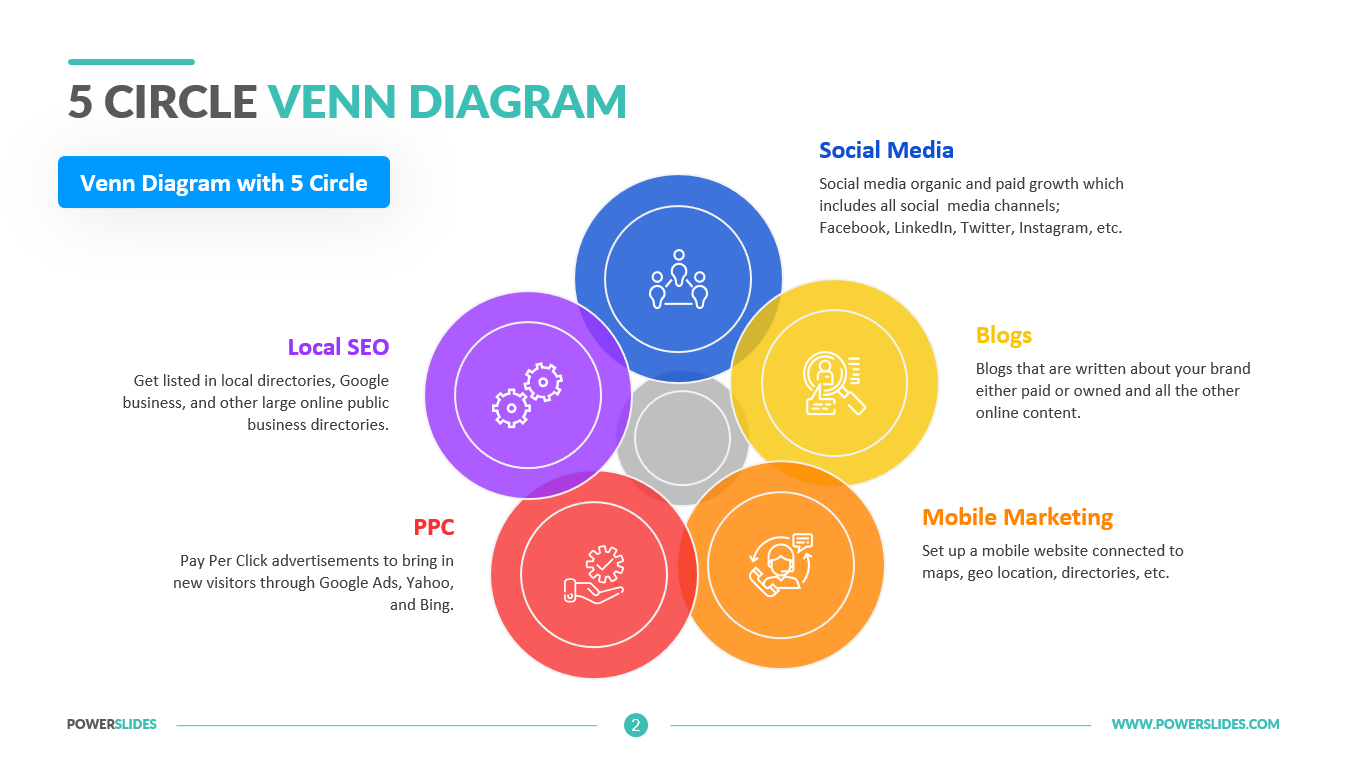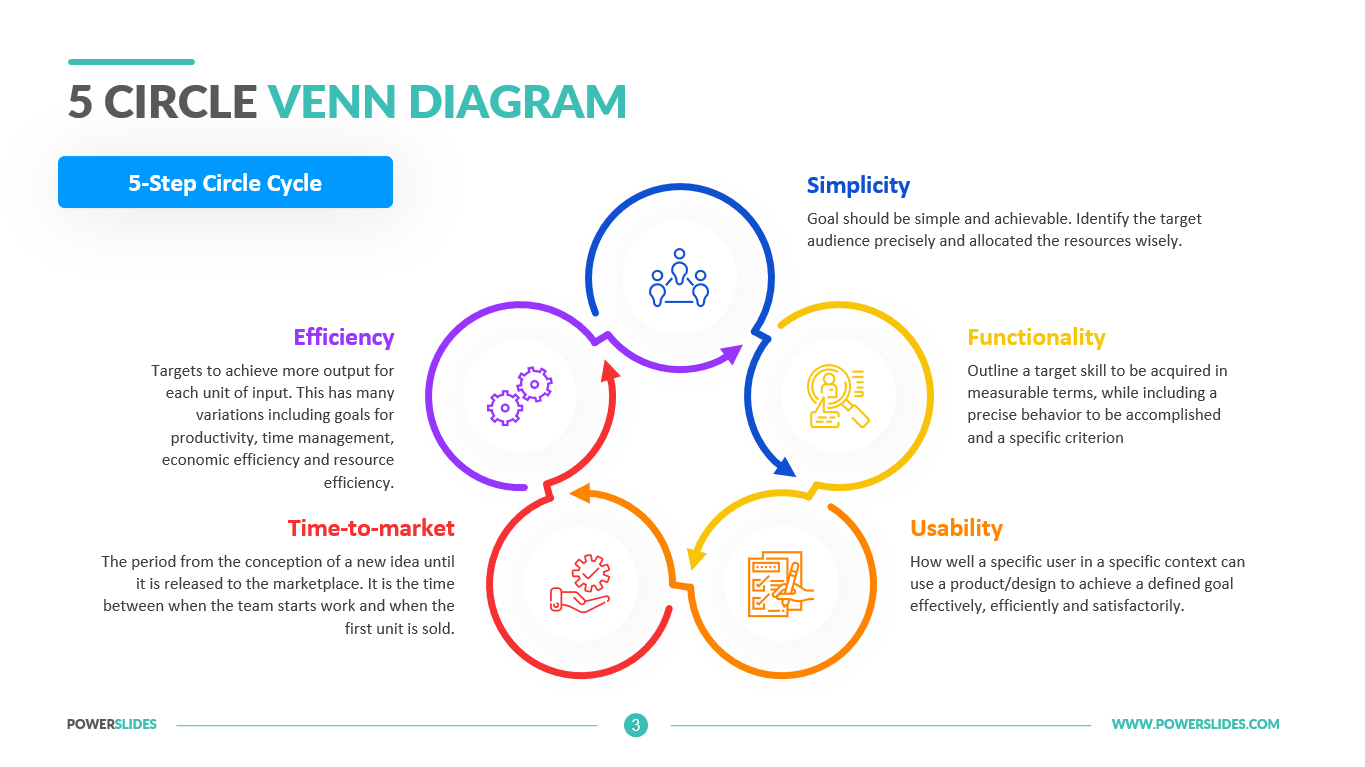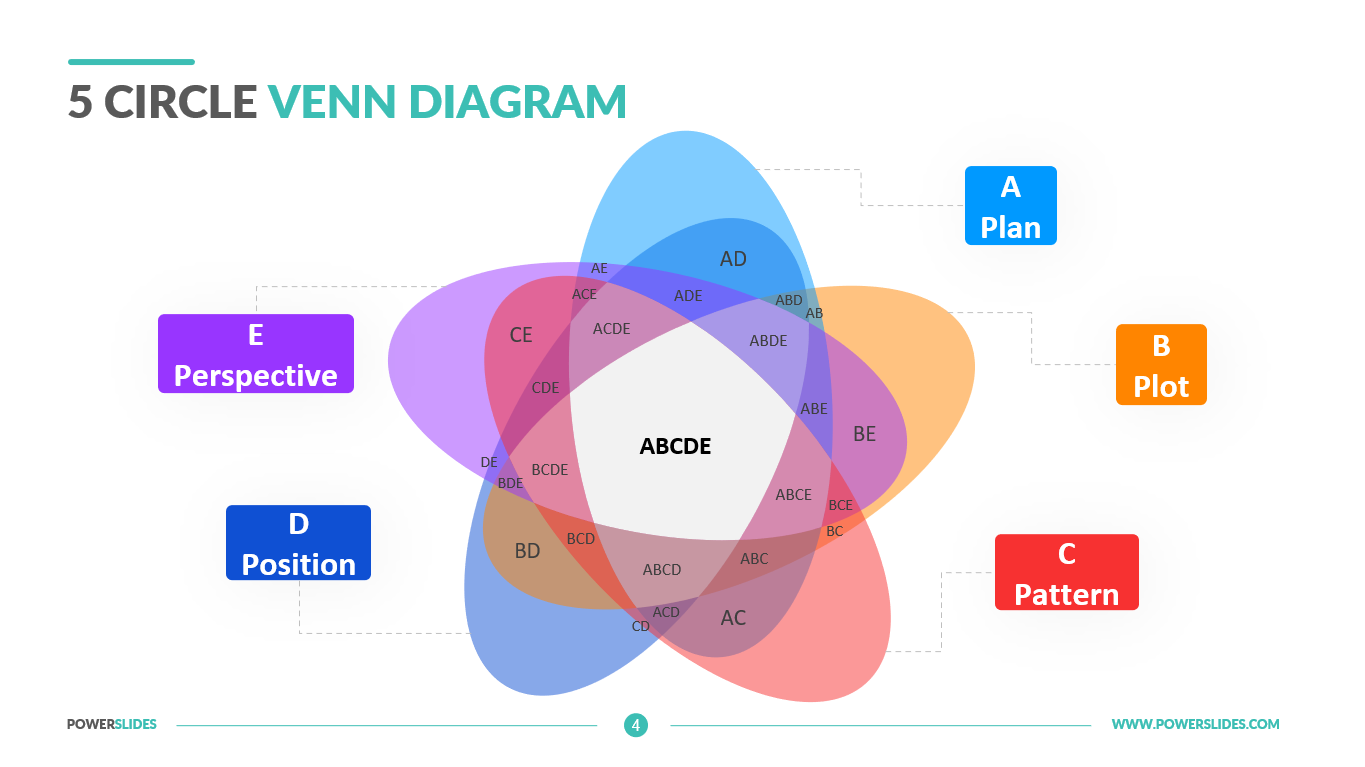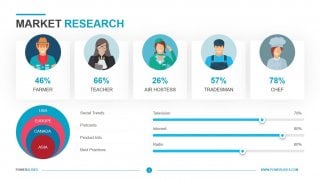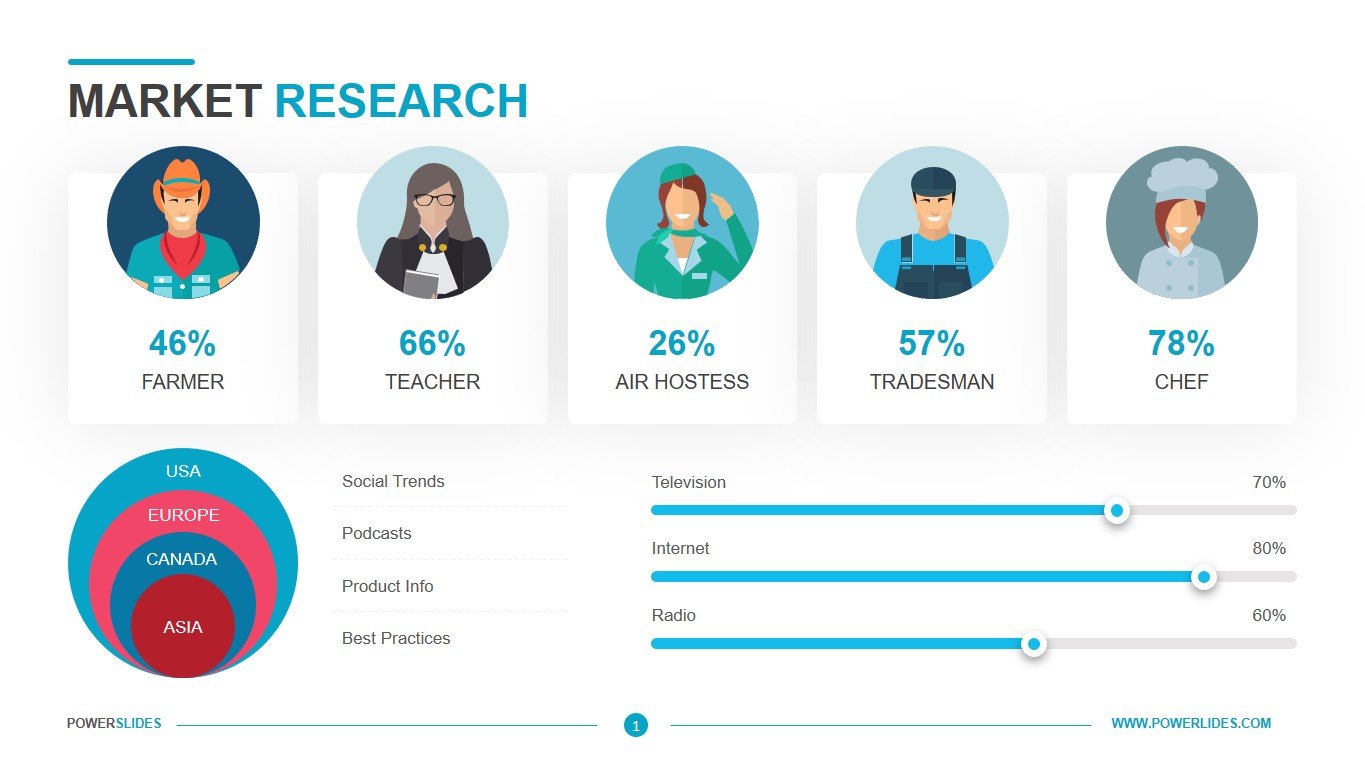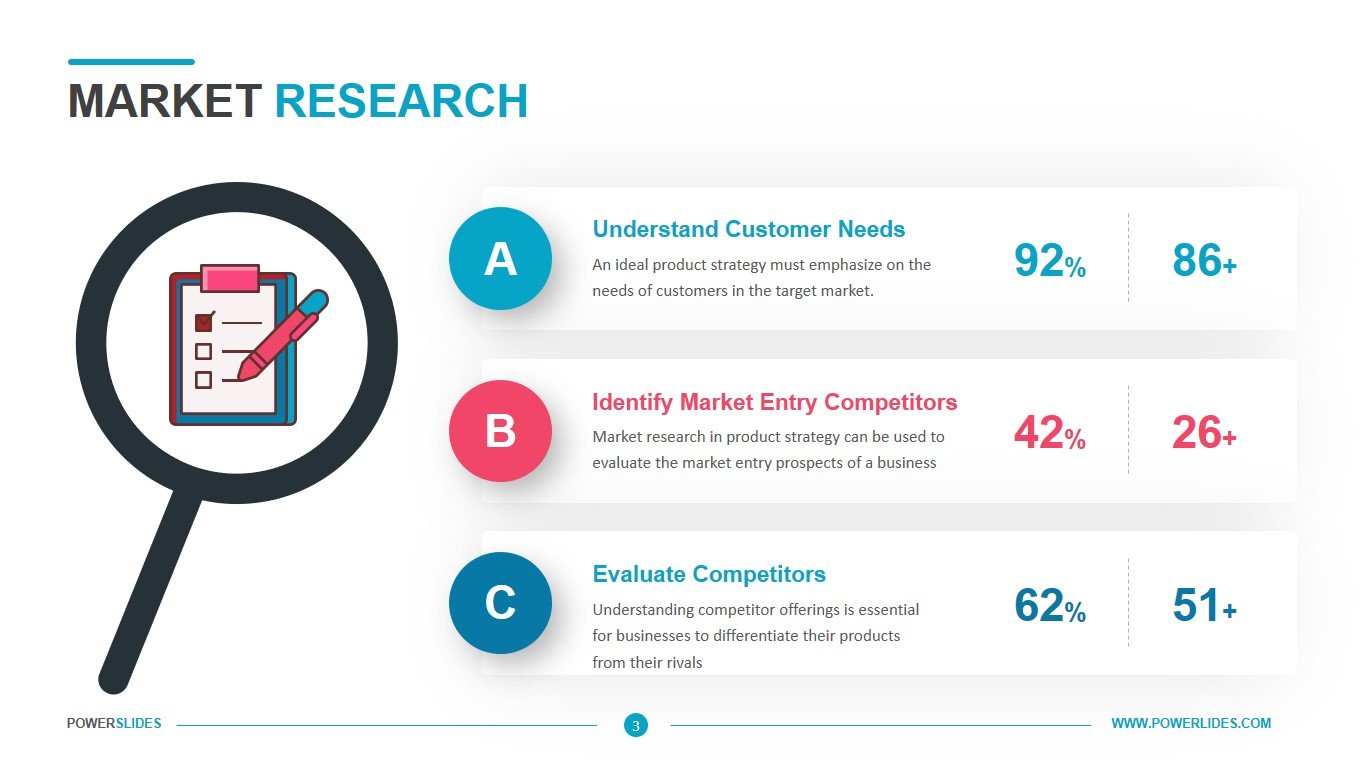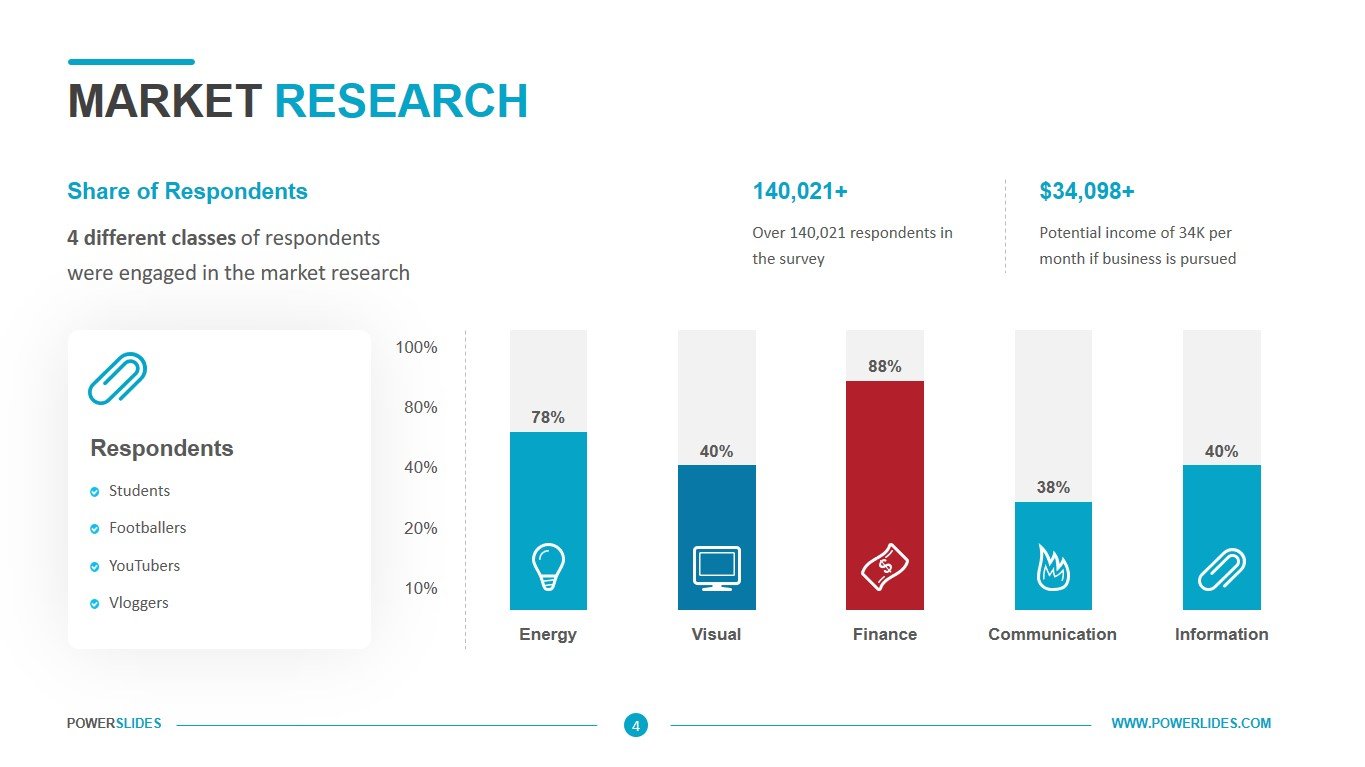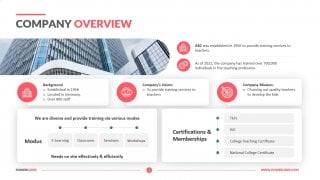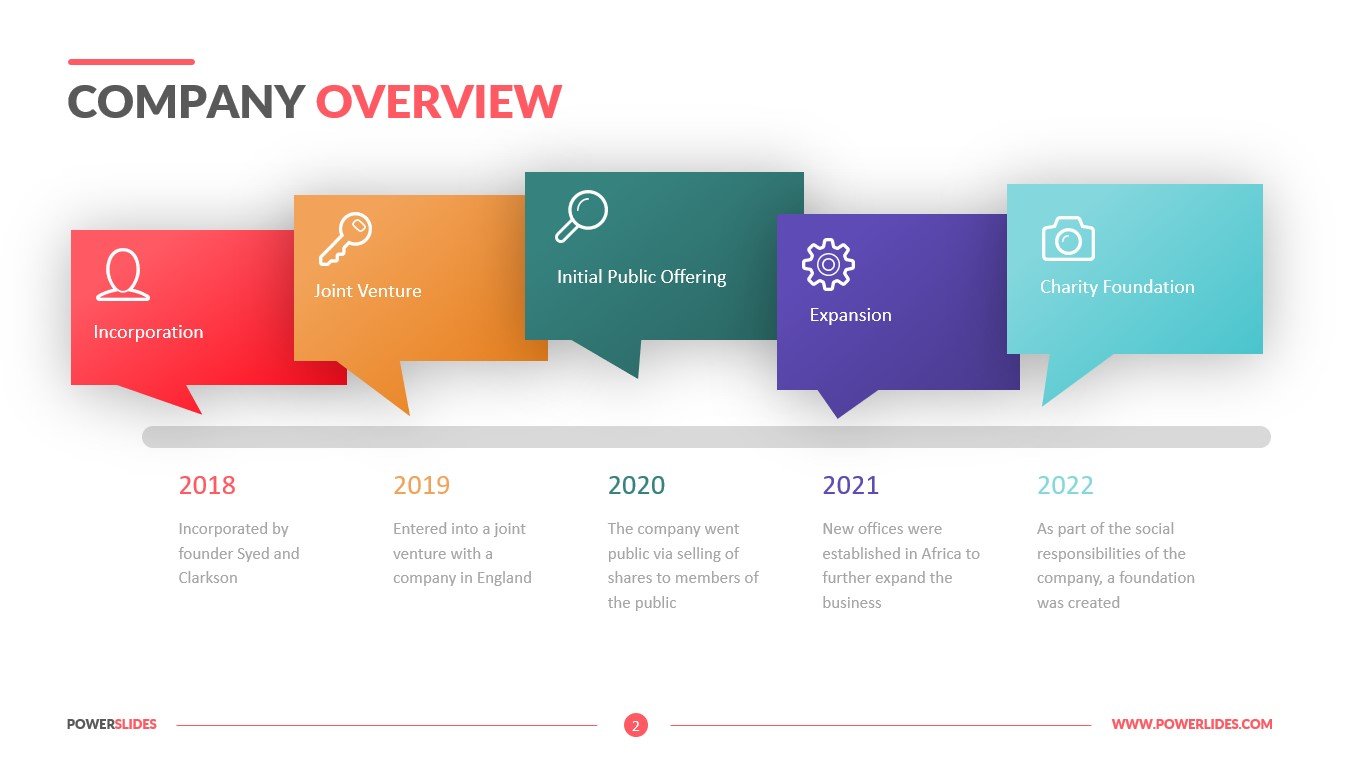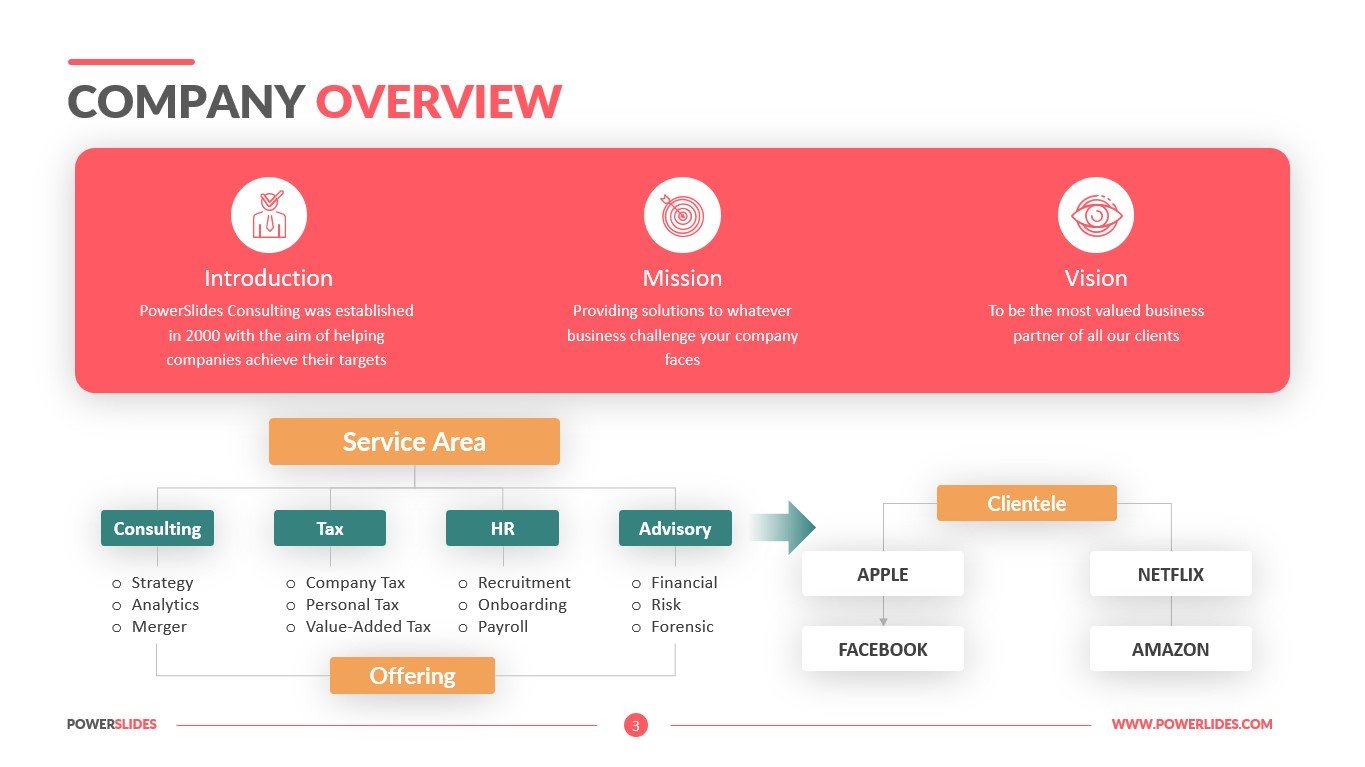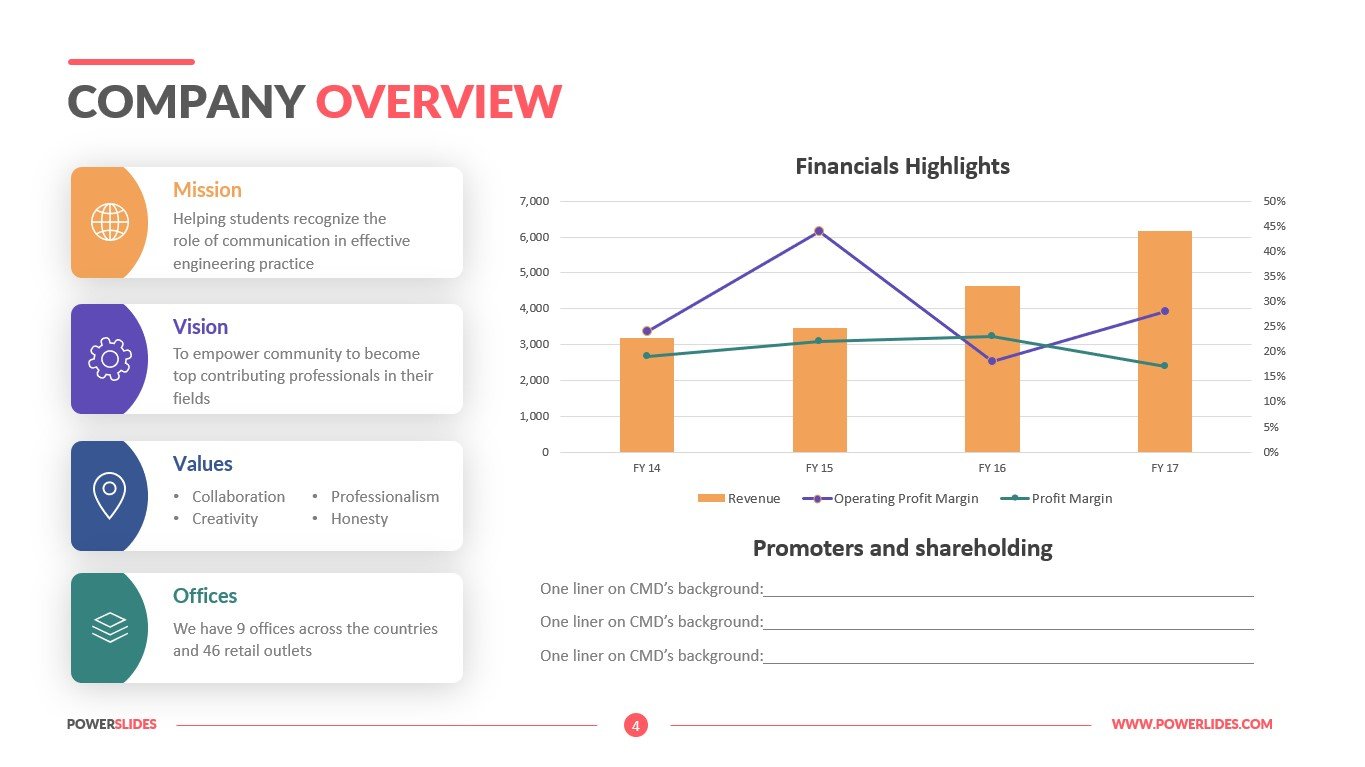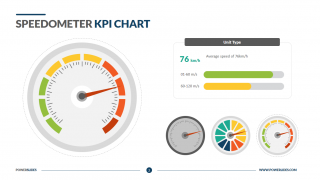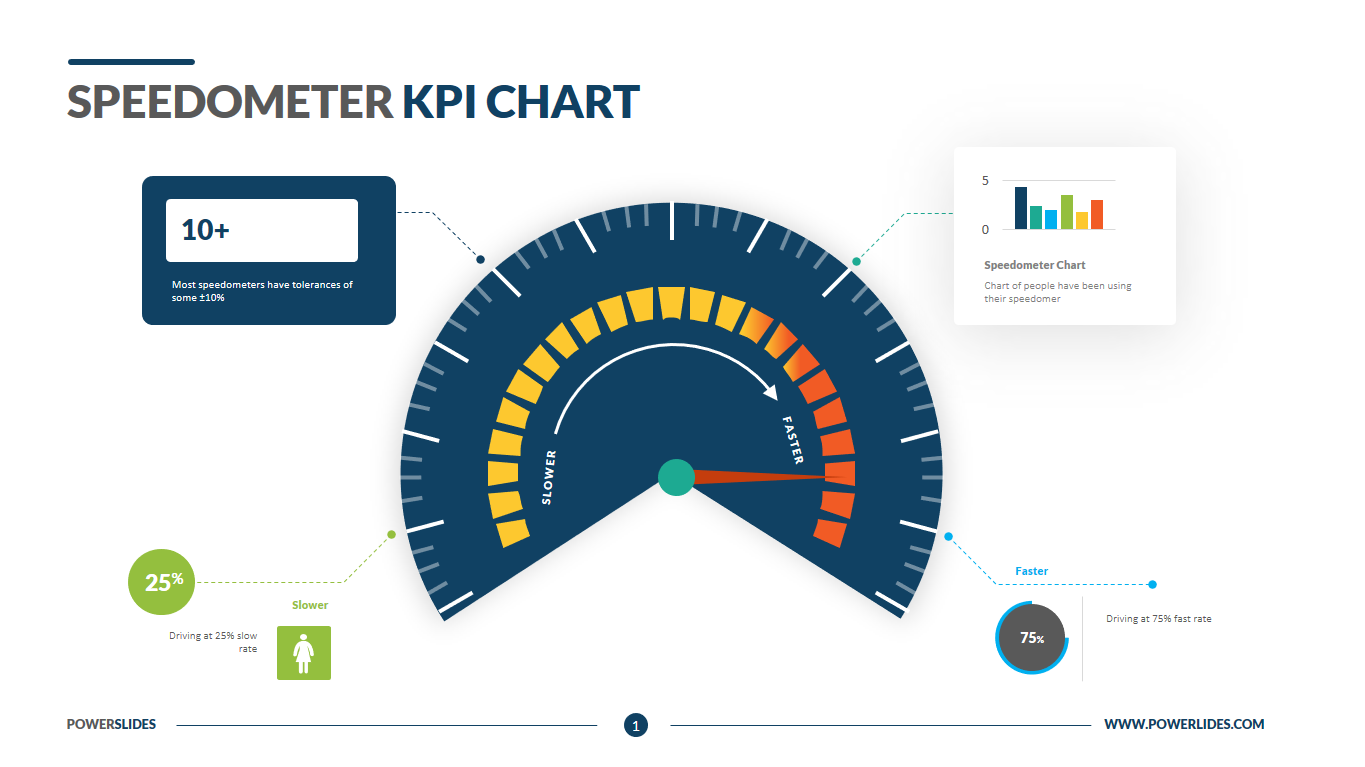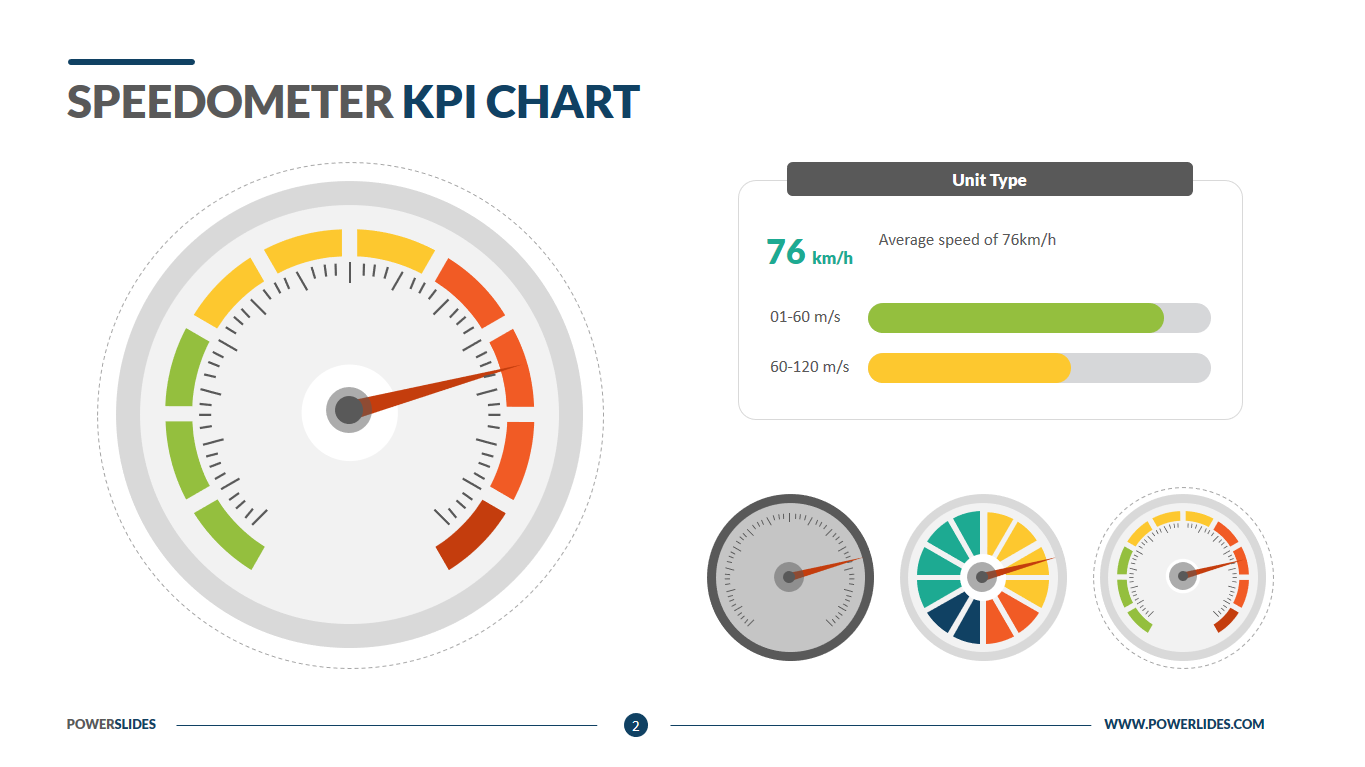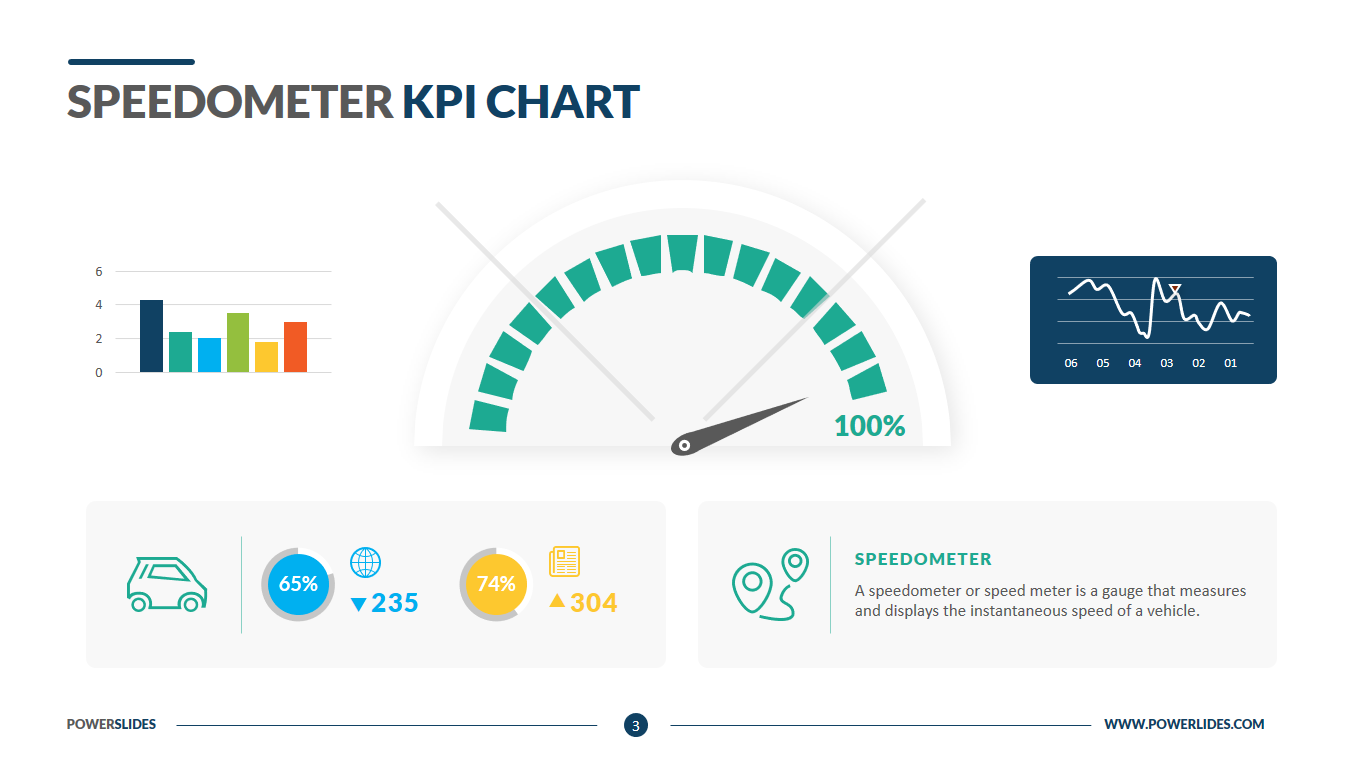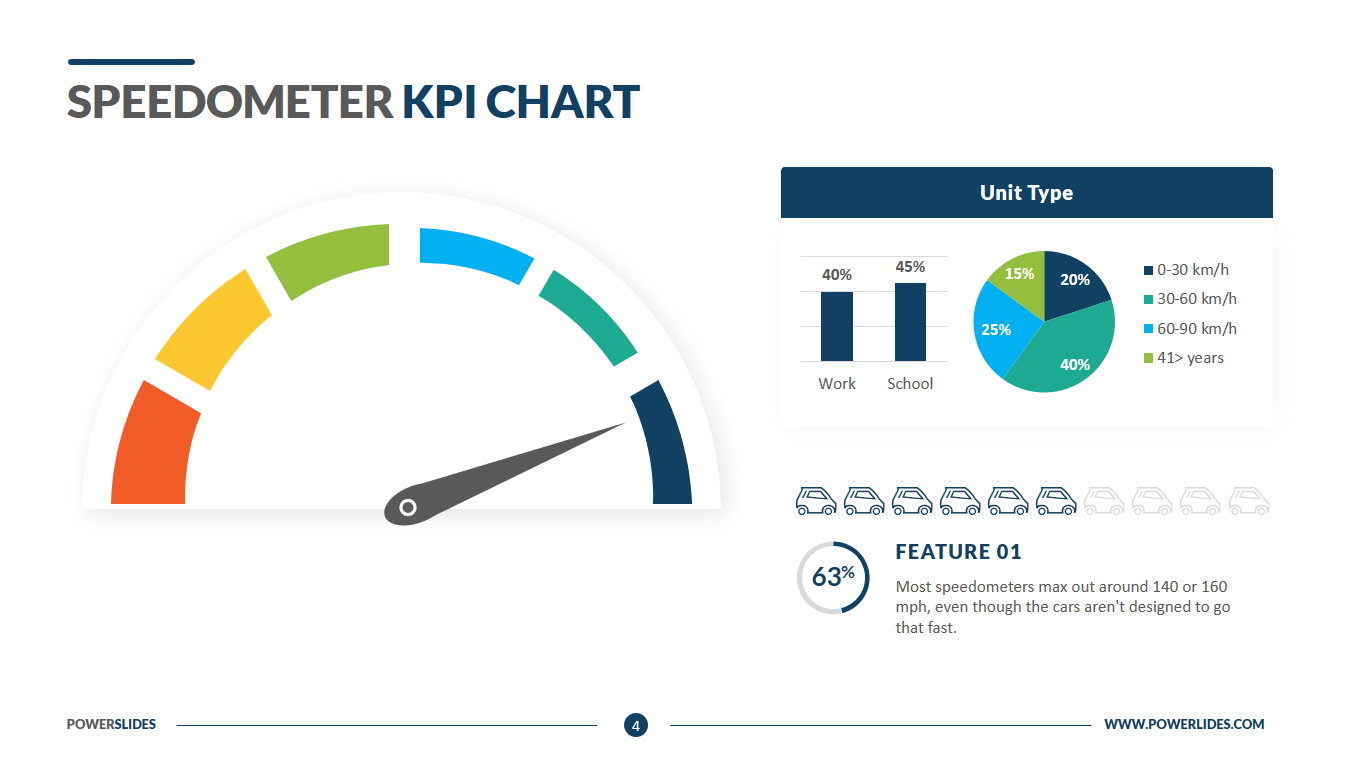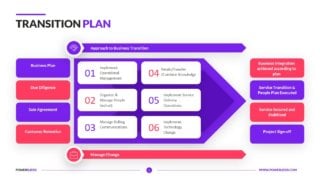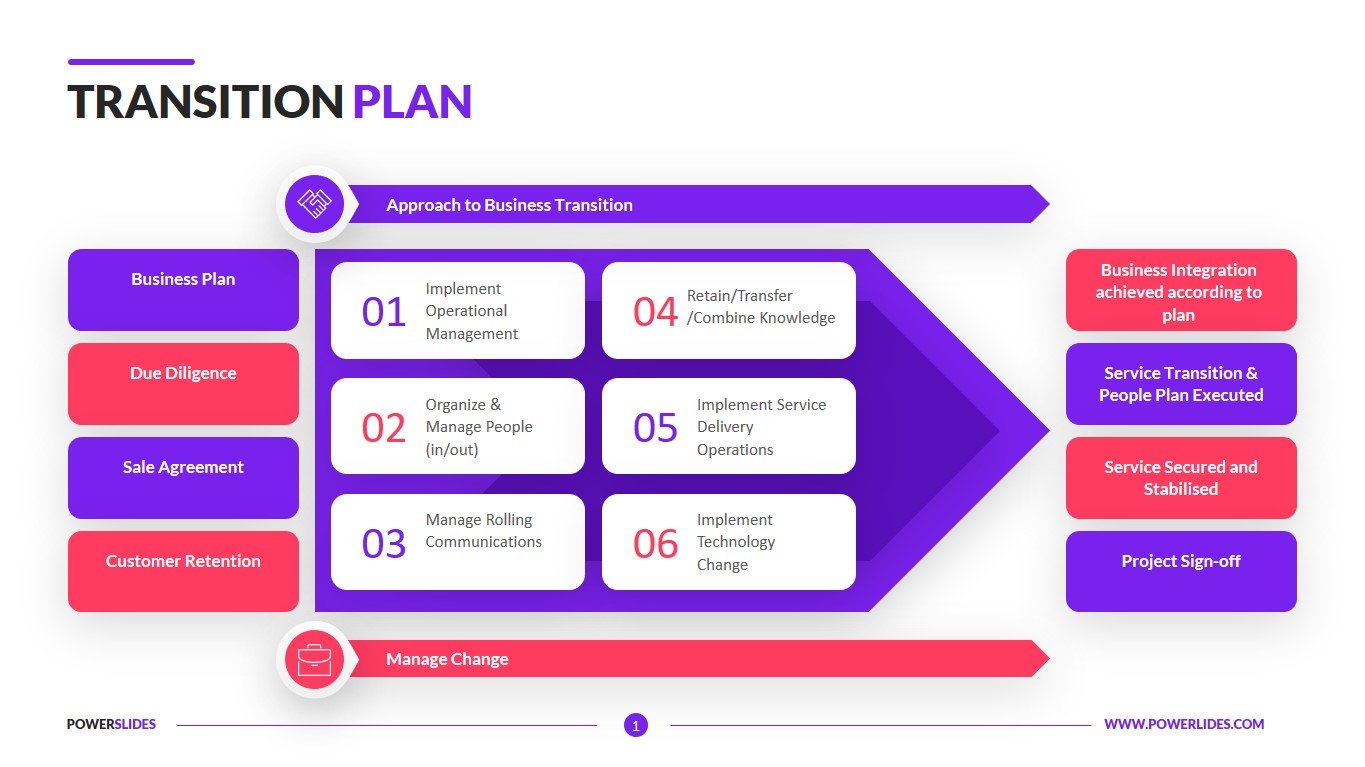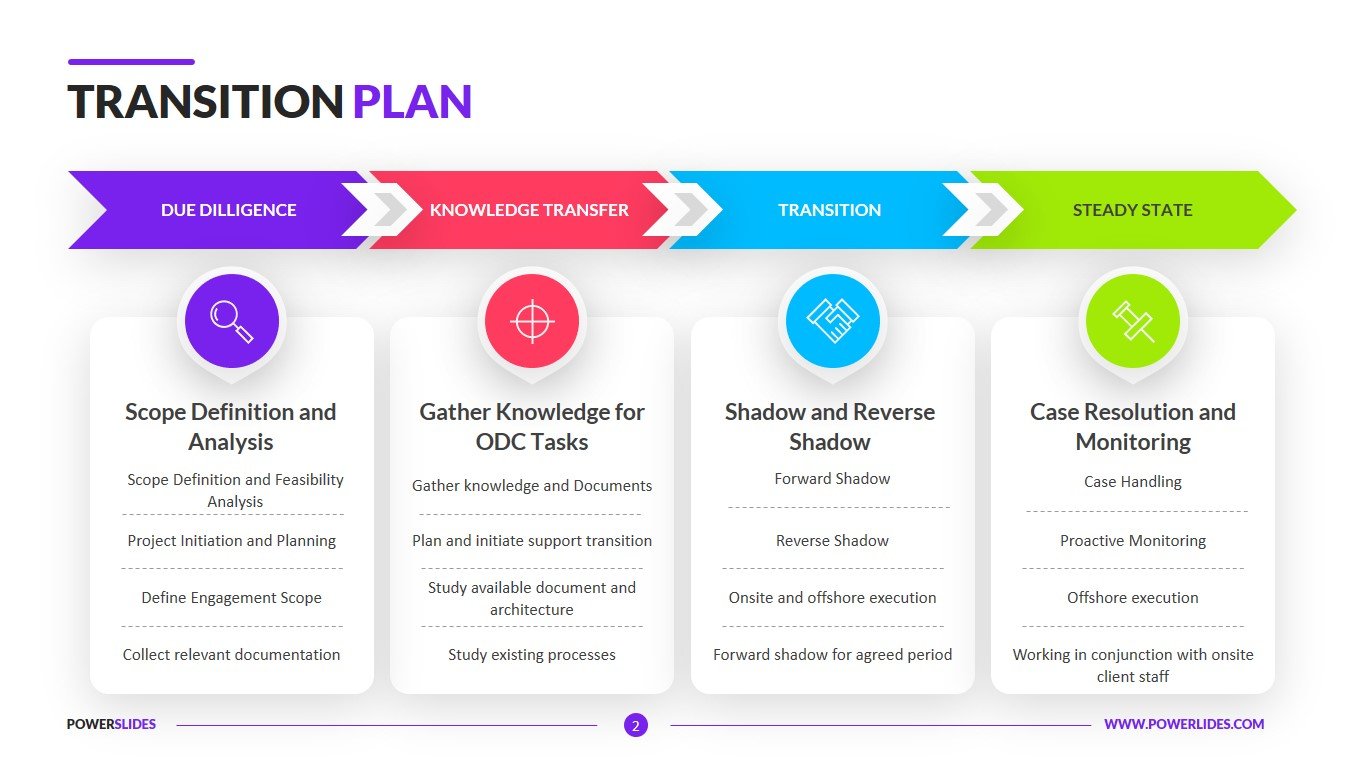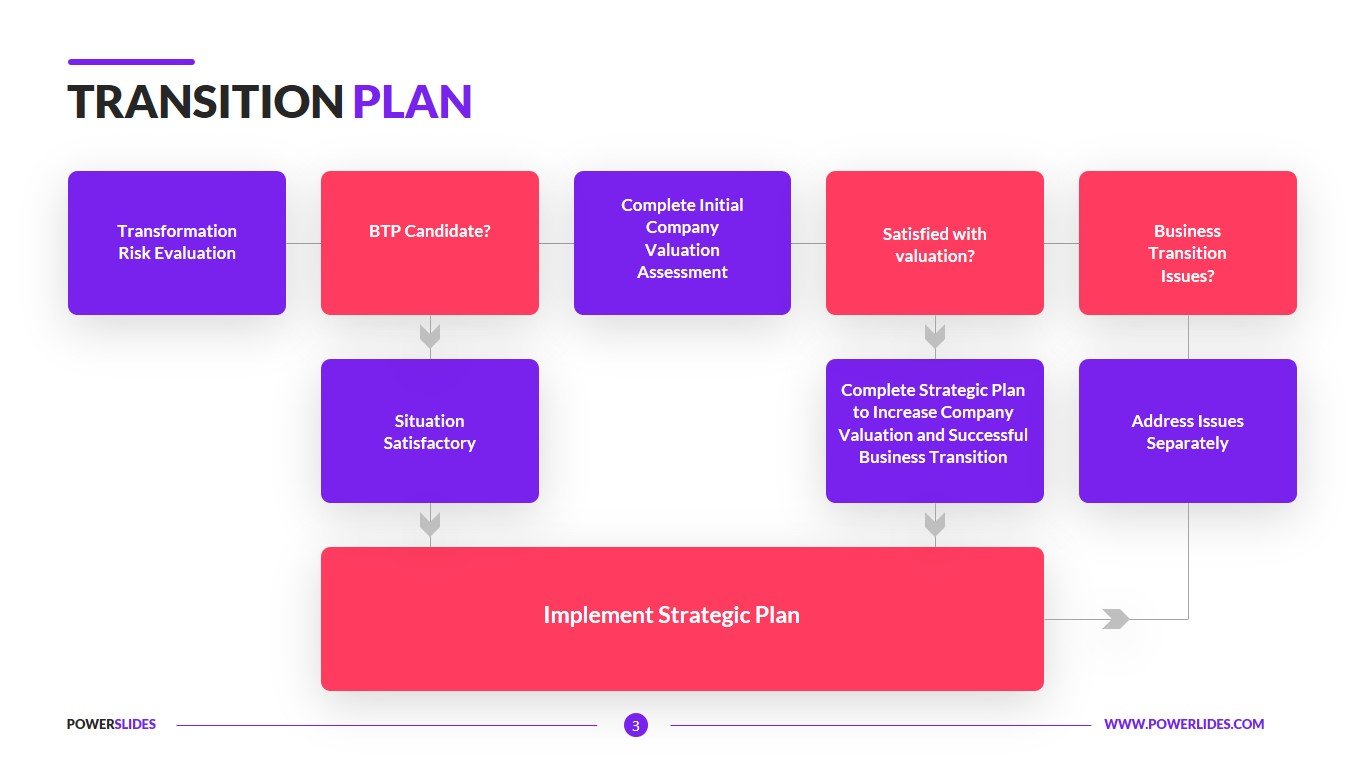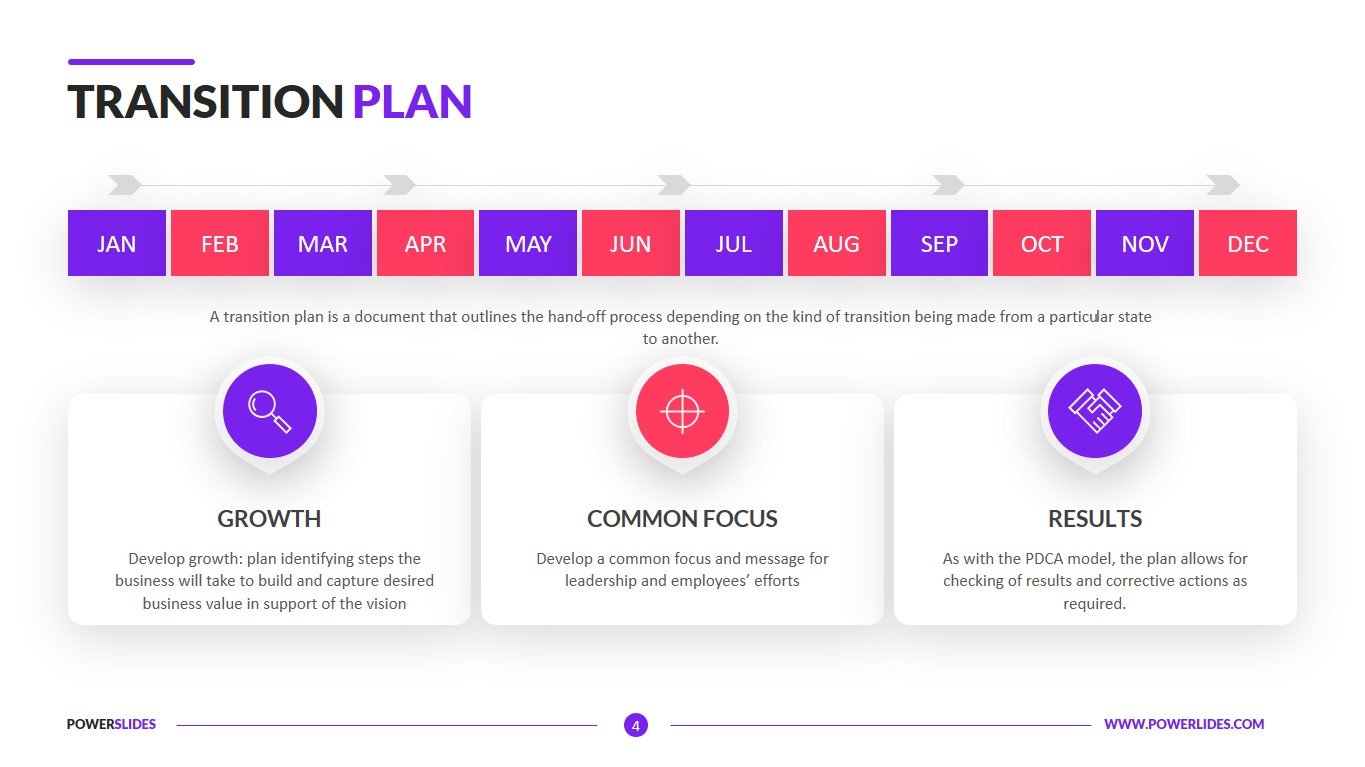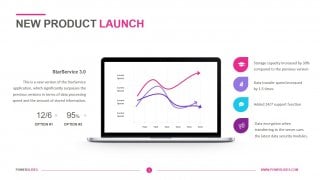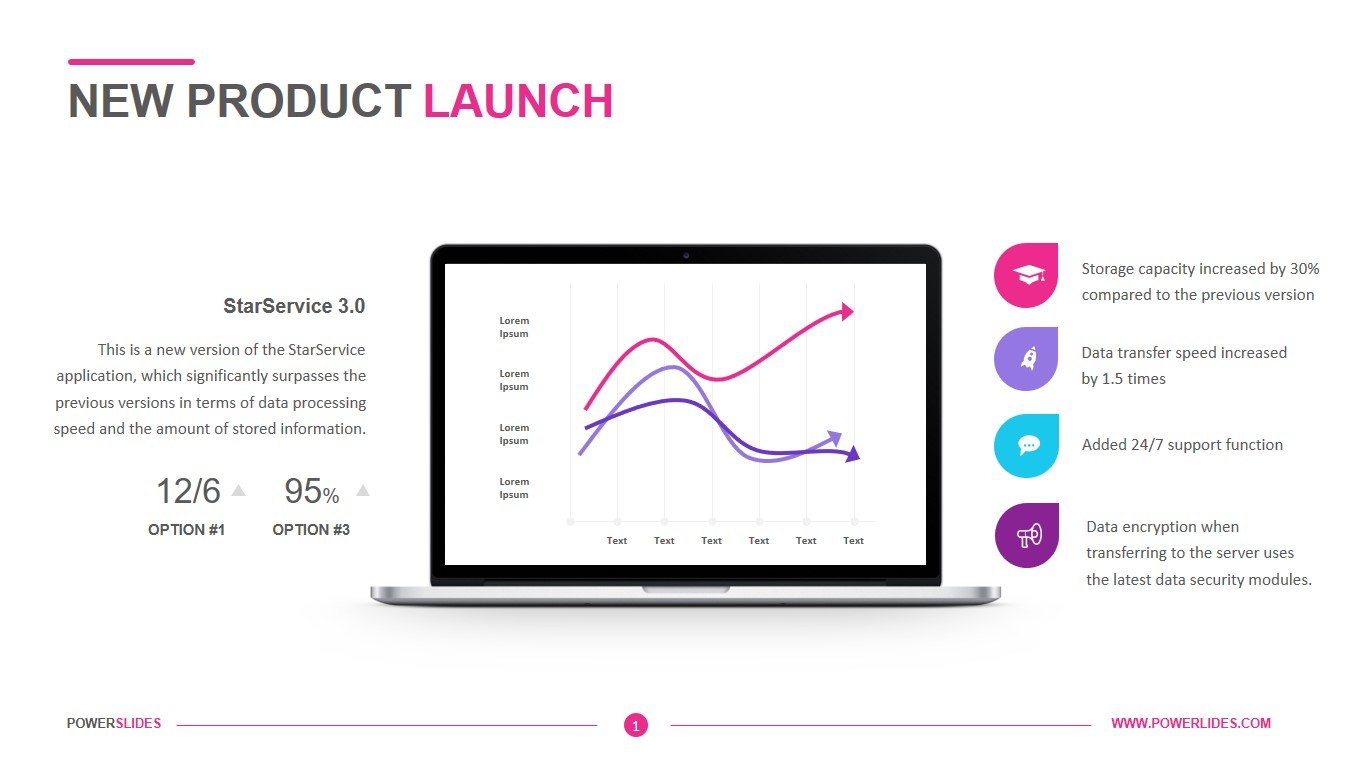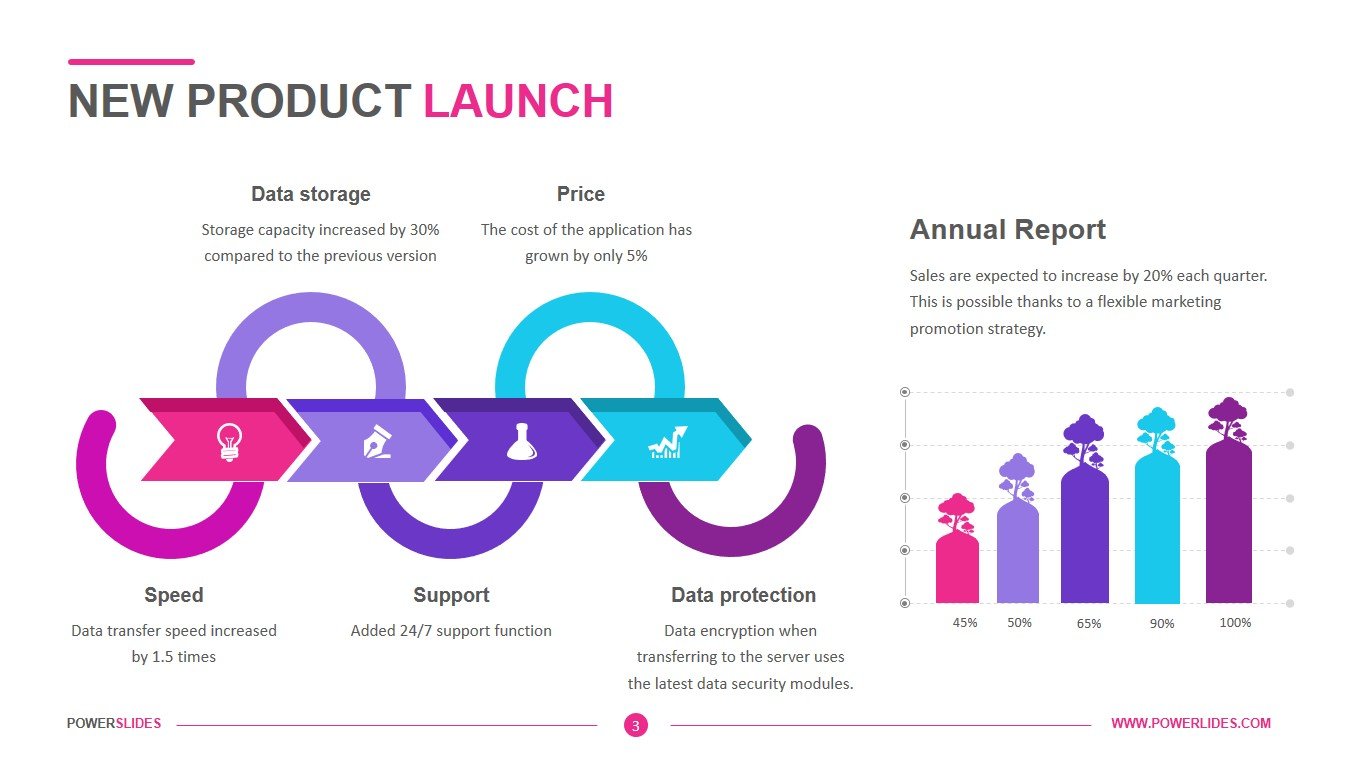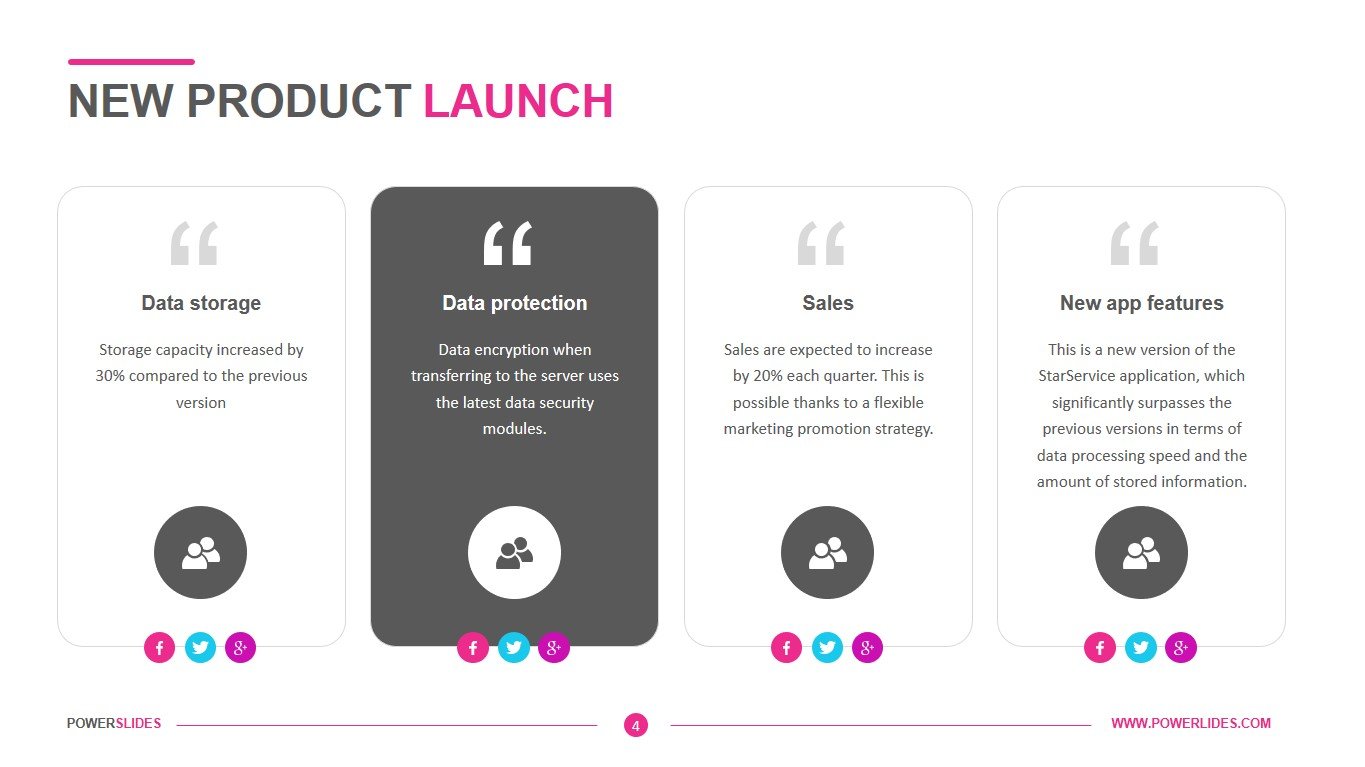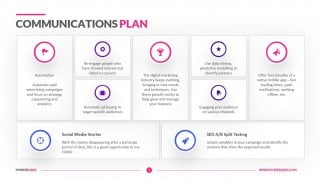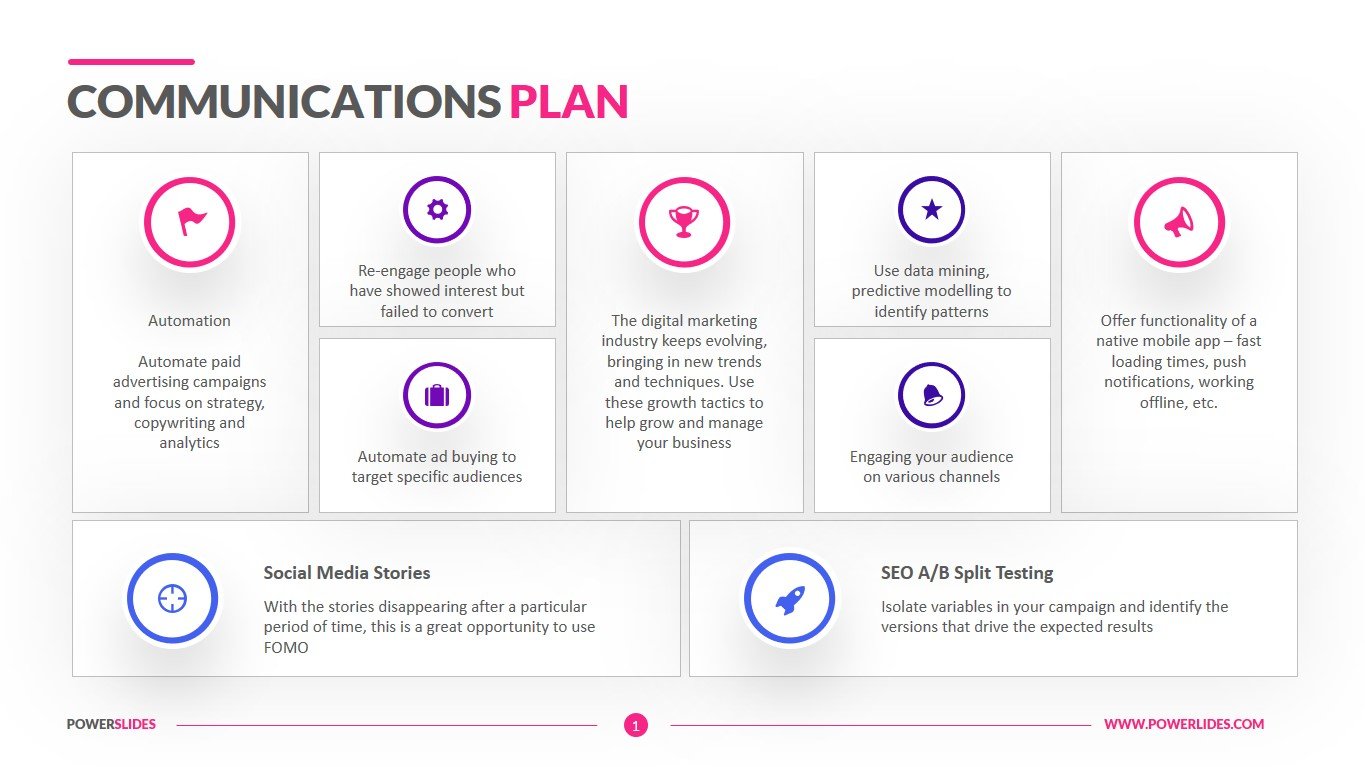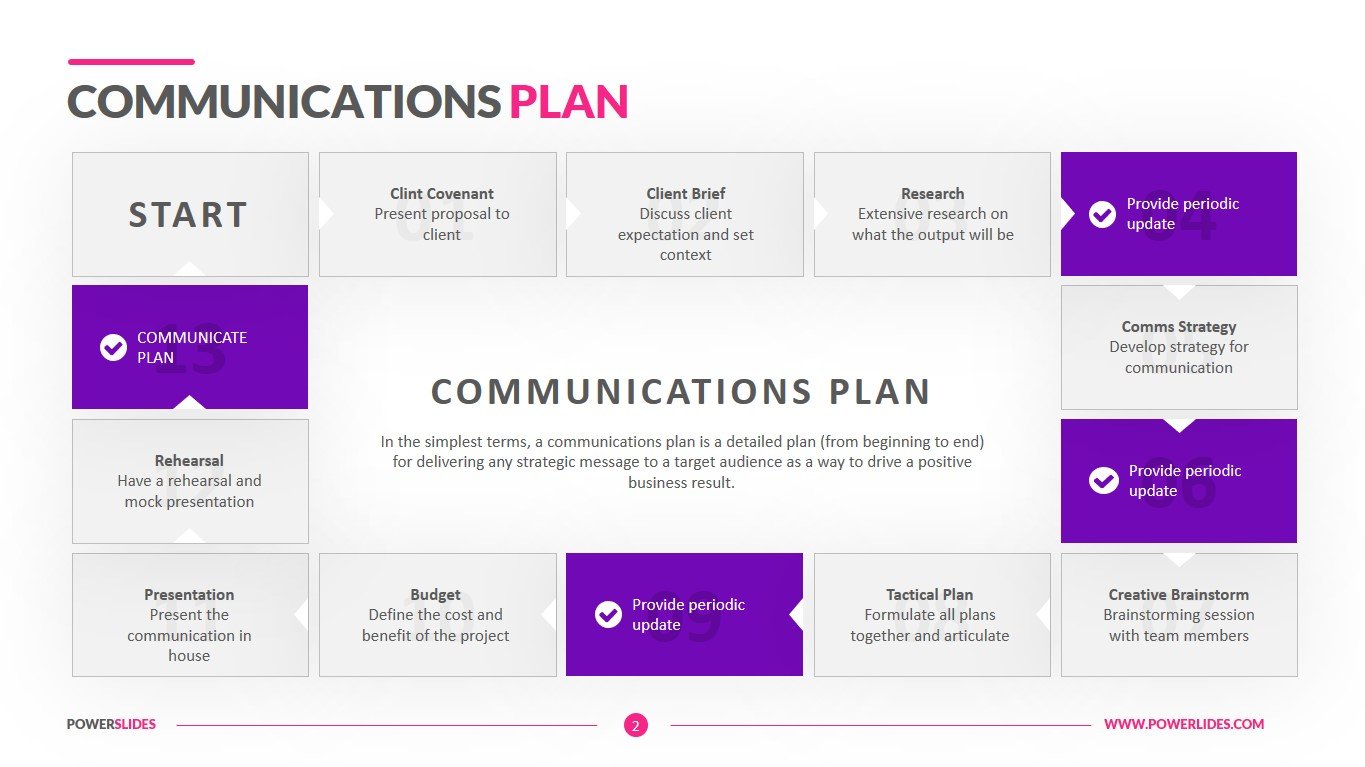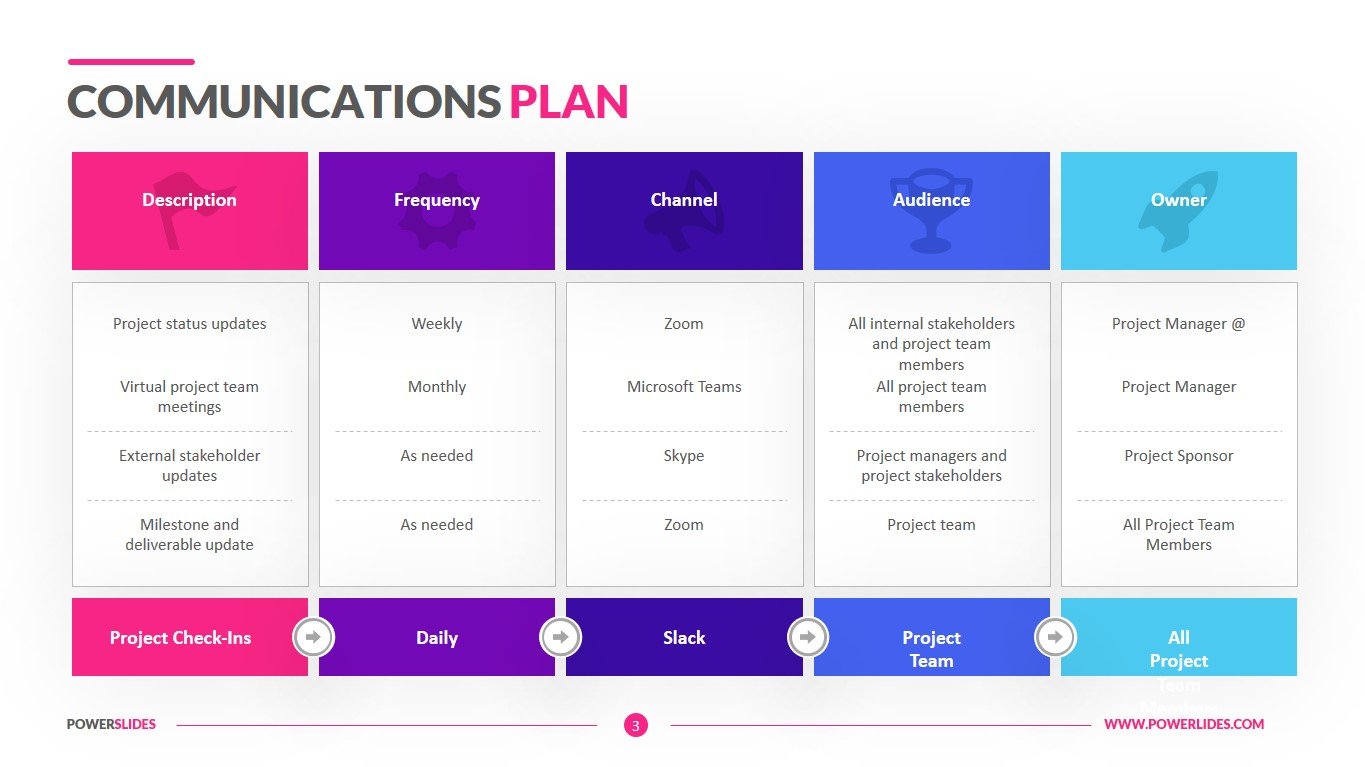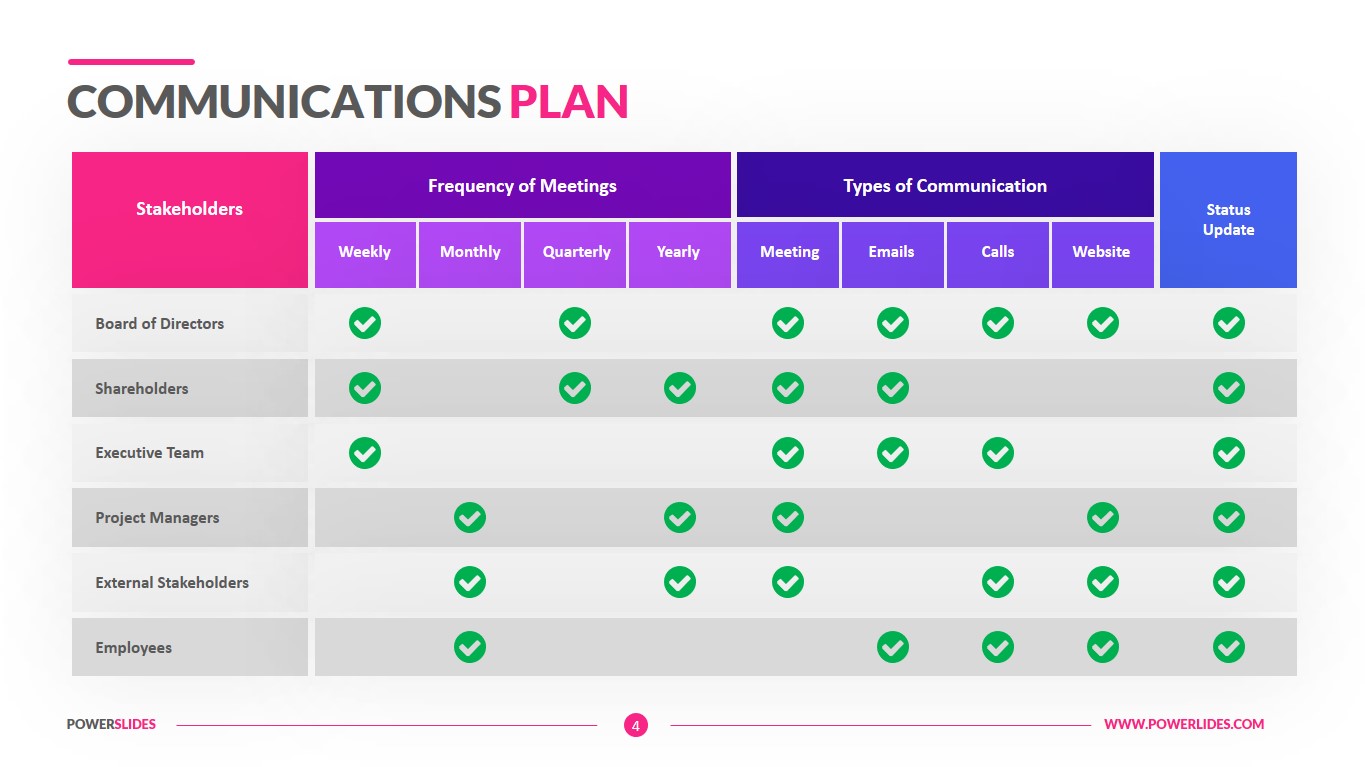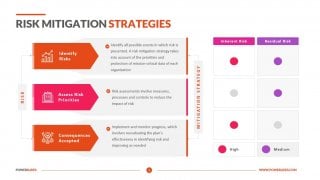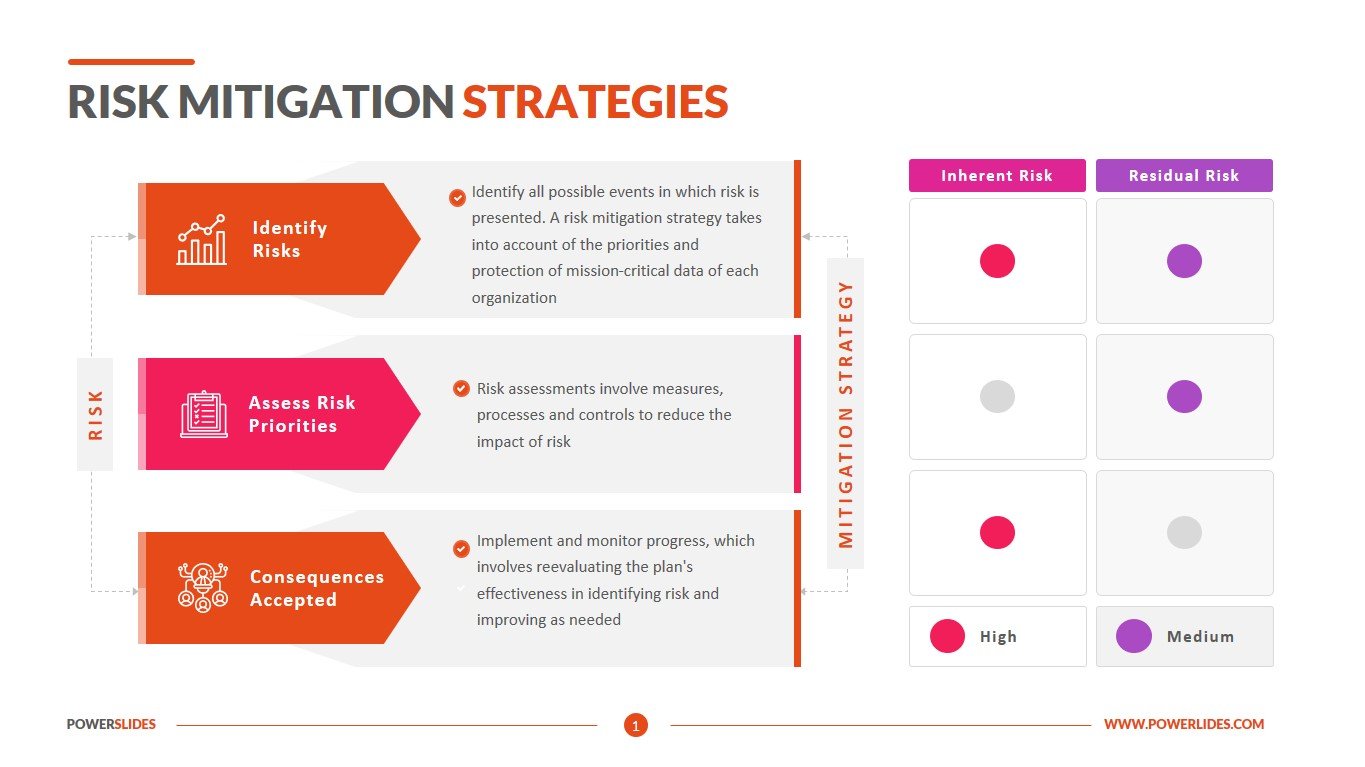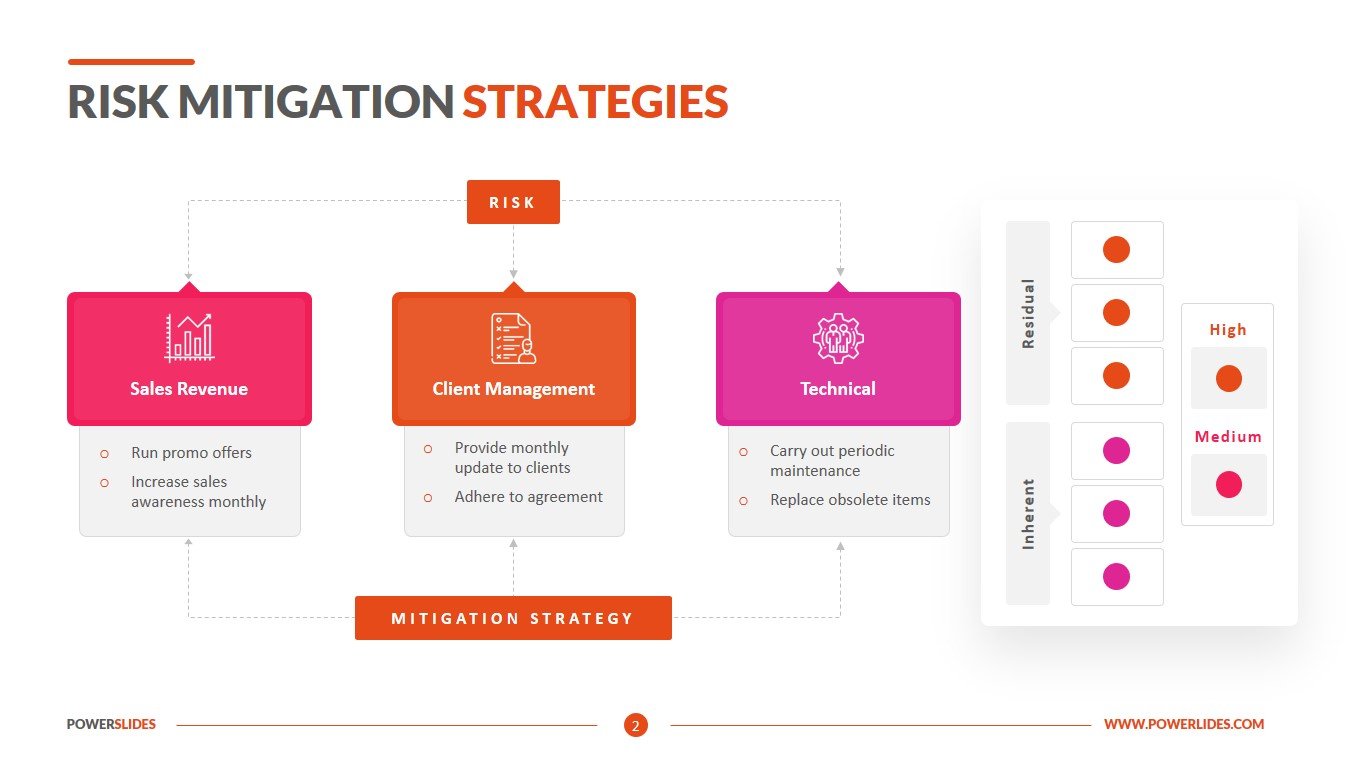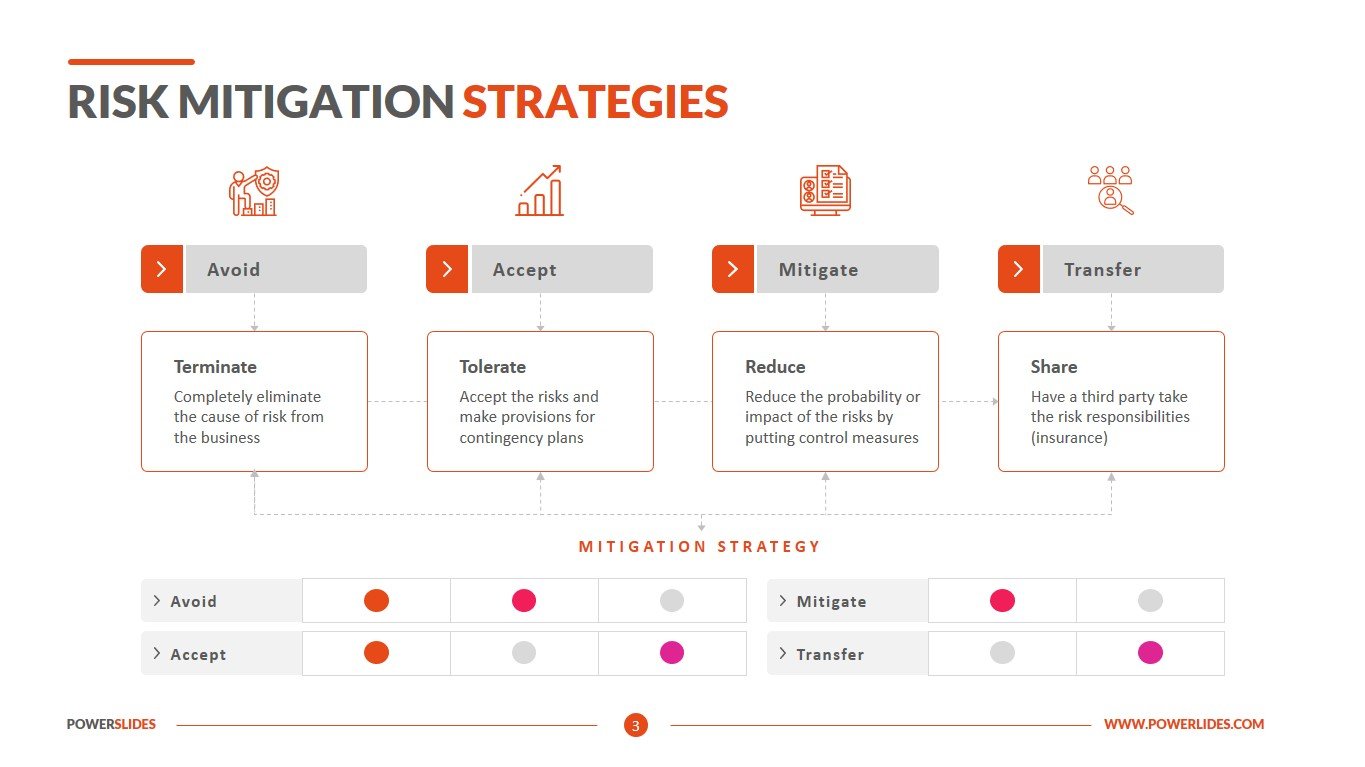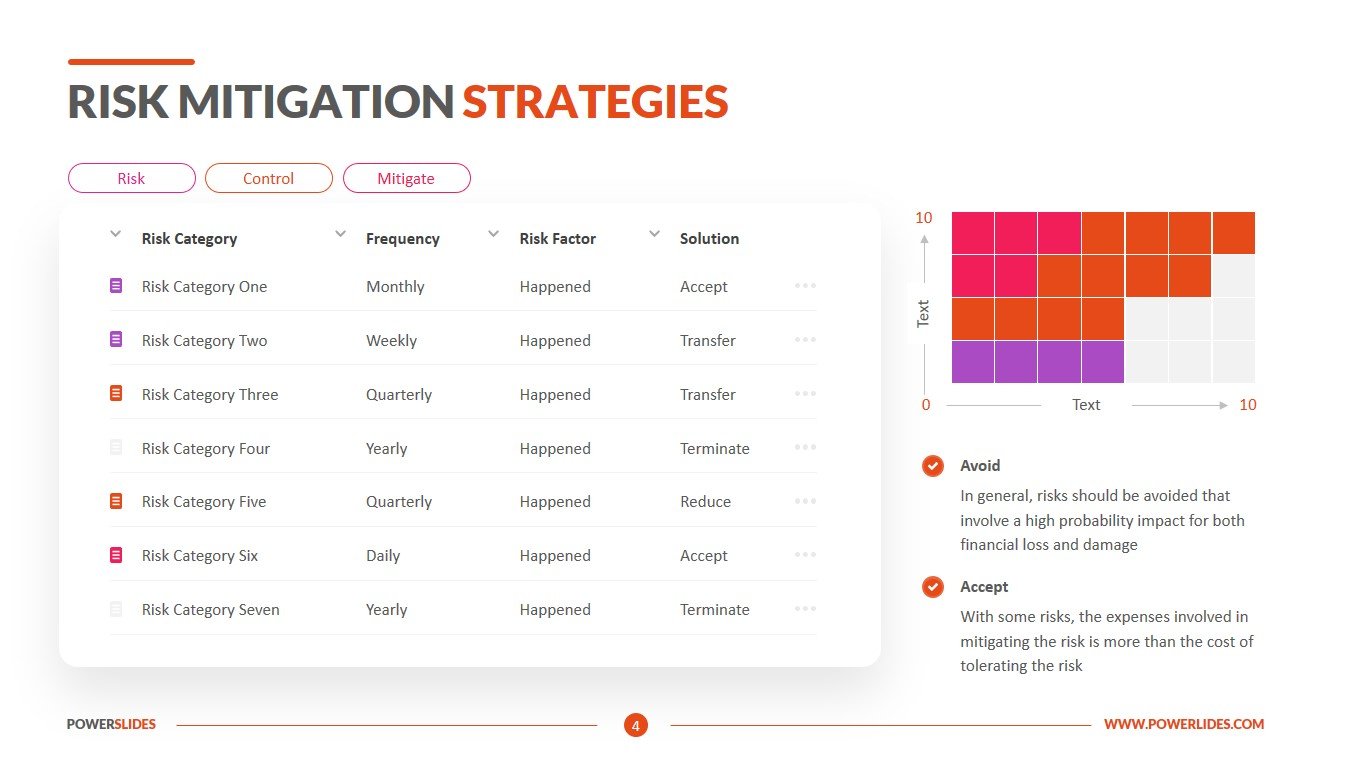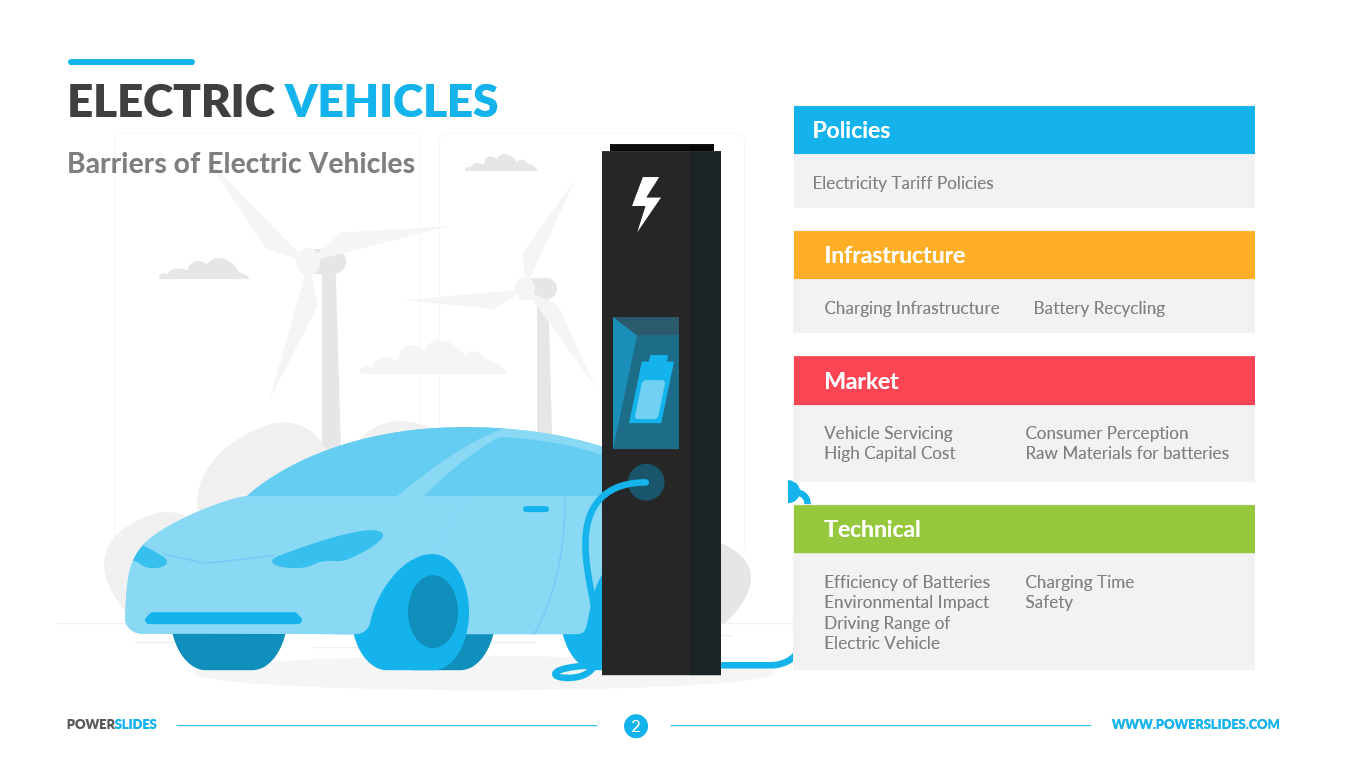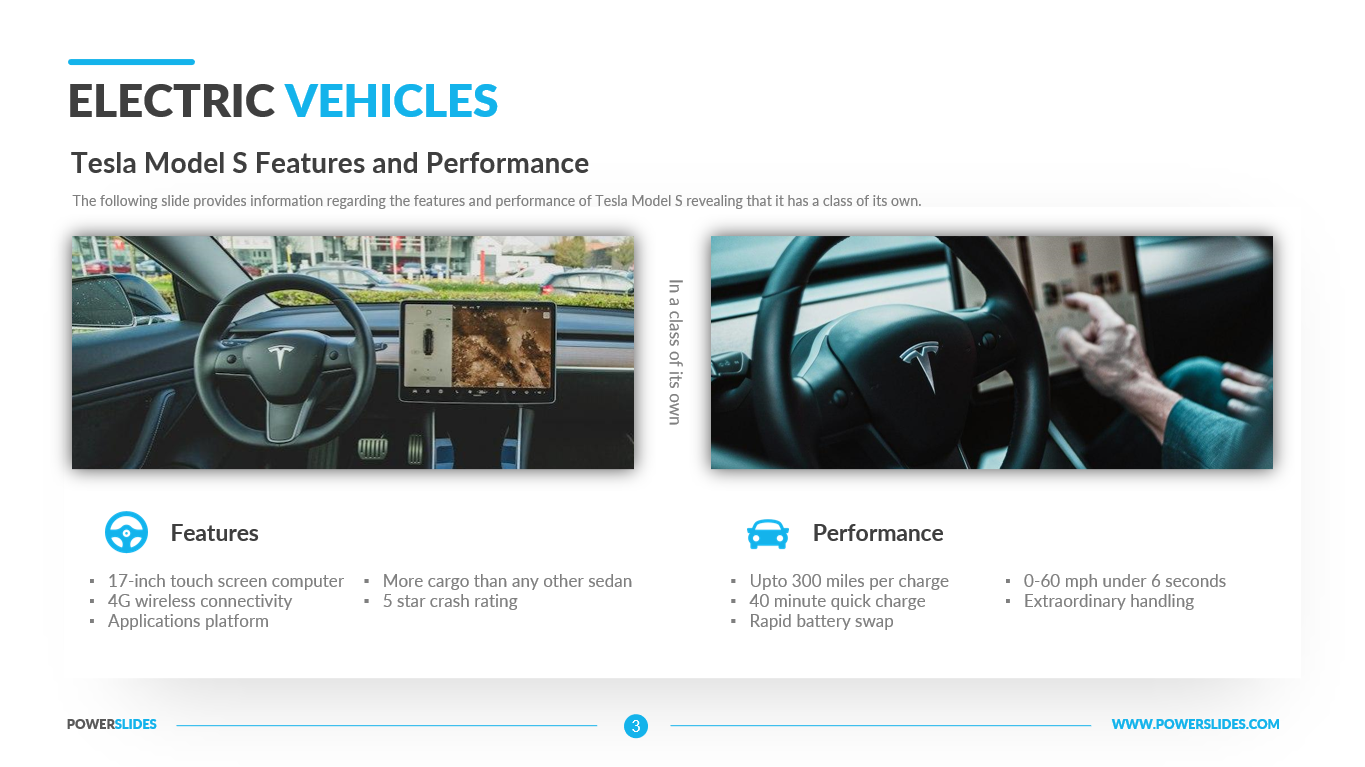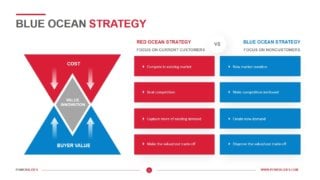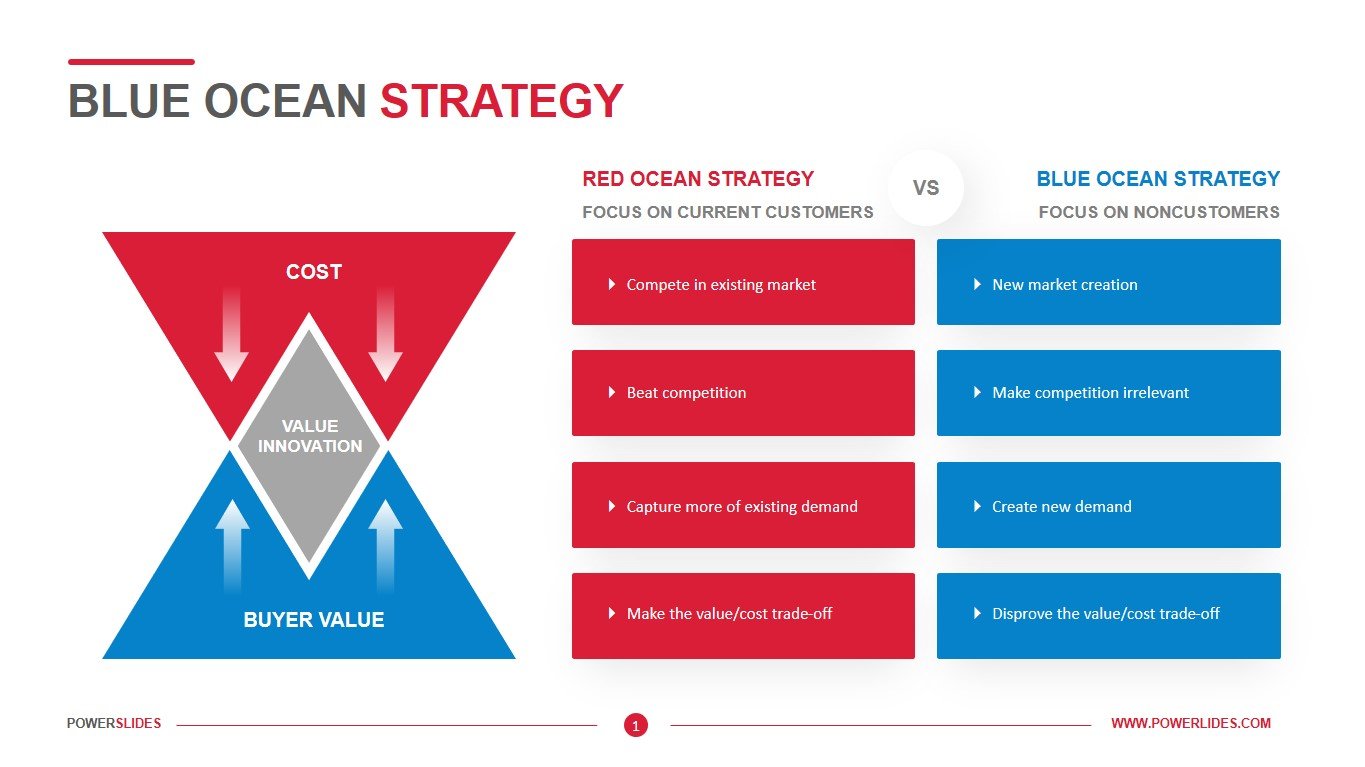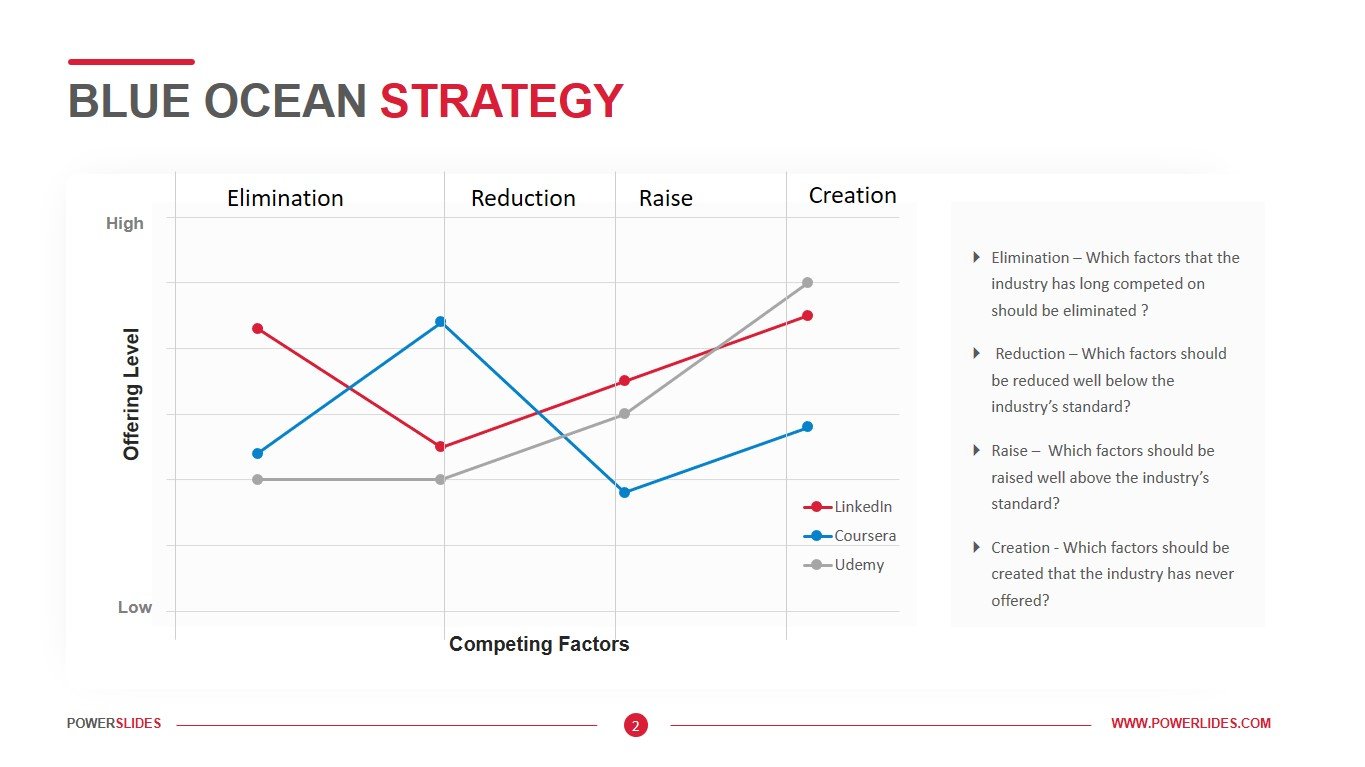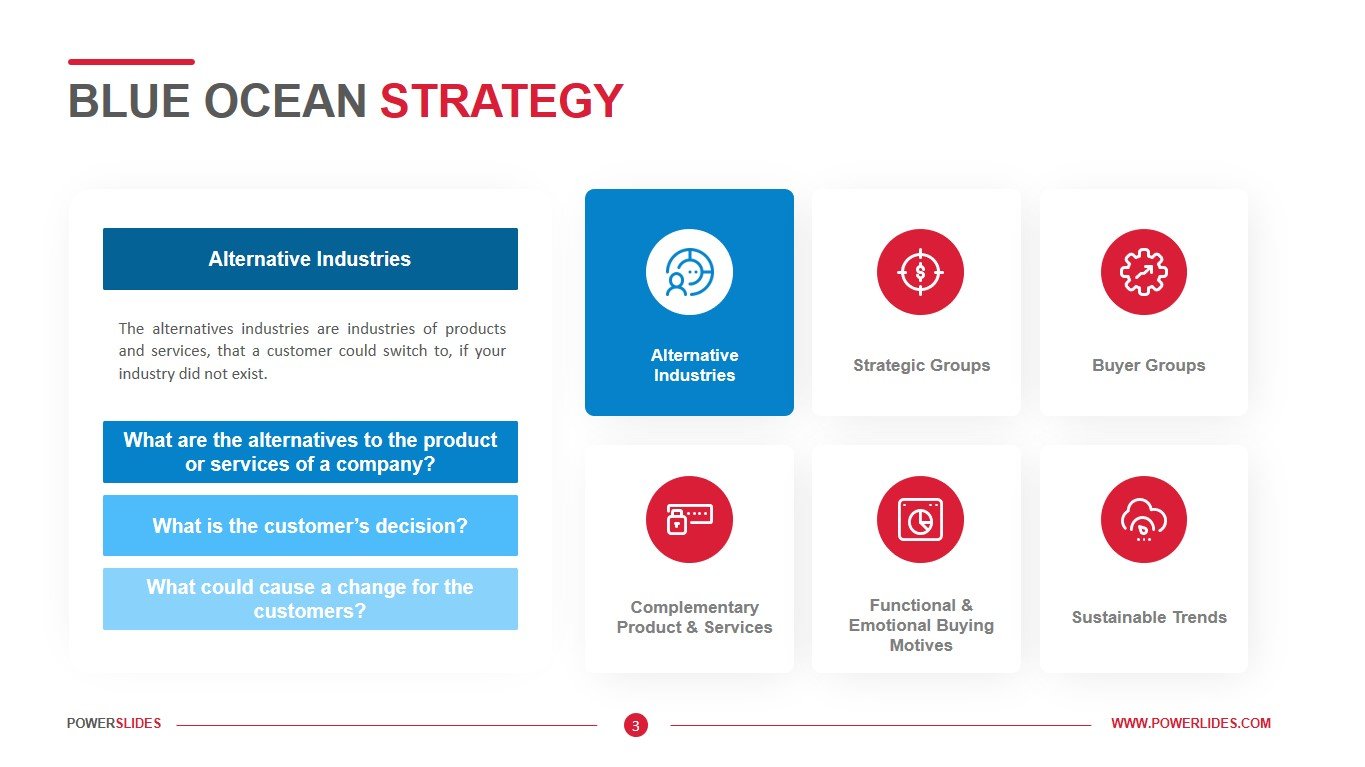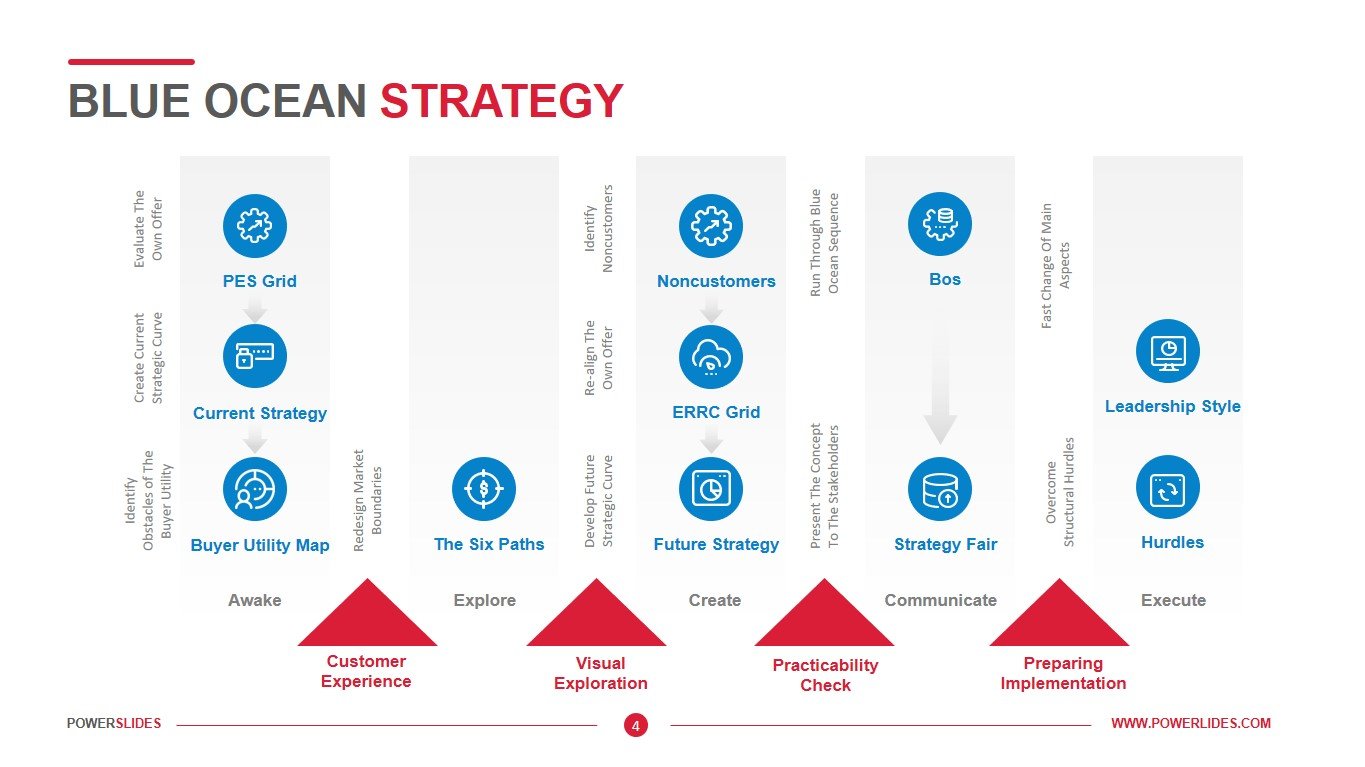Competing Values Framework
 4 Slides
4 Slides
 File size: 16:9
File size: 16:9 
 Fonts: Lato Black, Calibri
Fonts: Lato Black, Calibri  Supported version
PPT 2010, PPT 2013, PPT 2016
Supported version
PPT 2010, PPT 2013, PPT 2016
Product details
Now more and more attention is paid to the corporate cultures of the organization. One of the key developments in the study of employee interaction in a company is the Competing Values Framework. In 1983, Quinn and Rorbaugh developed a structure for competing cultural values. The internal or external focus of the organization is displayed in the model through horizontal dimensions. To the left, attention is primarily inwards, within the organization, whilst to the right, it is outwards, towards customers, suppliers and the external environment. An internal focus is valid in environments where competition or customer focus is not the most important thing, but in competitive climates or where external stakeholders hold sway, then this challenge must be met directly. The vertical axis defines the management structure and the hierarchy of management decisions. At the lower end, control is with management, whilst at the upper end, it is devolved to employees who have been empowered to decide for themselves. Stability is a valid form when the business is stable and reliability and efficiency is paramount, but when environmental forces create a need for change, then flexibility becomes more important.
Hierarchies in the company are divided into four main types – hierarchy, market, clan, adhocracy. Hierarchies have respect for position and power. They often have well-defined policies, processes and procedures. Hierarchical leaders are typically coordinators and organizers who keep a close eye on what is happening. The Market organization also seeks control but does so by looking outward, and in particular taking note of transaction cost. Leaders in market cultures are often hard-driving competitors who seek always to deliver the goods. The Clan organization has less focus on structure and control and a greater concern for flexibility. Rather than strict rules and procedures, people are driven through vision, shared goals, outputs and outcomes. Clan leaders act in a facilitative, supportive way and may take on a parental role. The Adhocracy has even greater independence and flexibility than the Clan, which is necessary in a rapidly changing business climate. Leaders in an adhocracy are visionary, innovative entrepreneurs who take calculated risks to make significant gains.
Competing Values Framework template consists of four modern and professional slides. Each slide in this template gives you the opportunity to build your company structure or compare different management structures when reorganizing a company. This template will be useful for business leaders when preparing new business development strategies. Also, the slides of this template can be used by startups when preparing a company structure for investors. All slides of this template are editable and you can independently make all the necessary changes according to your corporate style. Competing Values Framework template is suitable for business coaches and university teachers. You can use it to prepare a course on company types and company management systems. Also, this template can be used by investment companies when analyzing companies to provide investments. This template will complement and update your old presentations.






